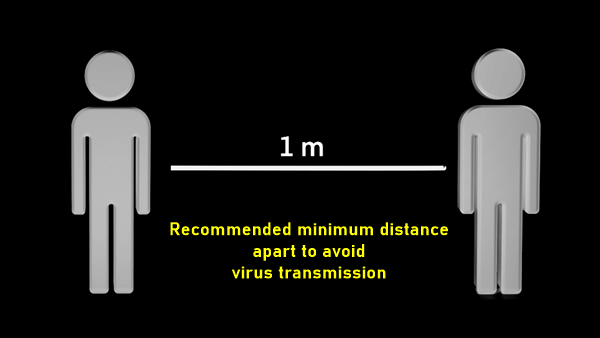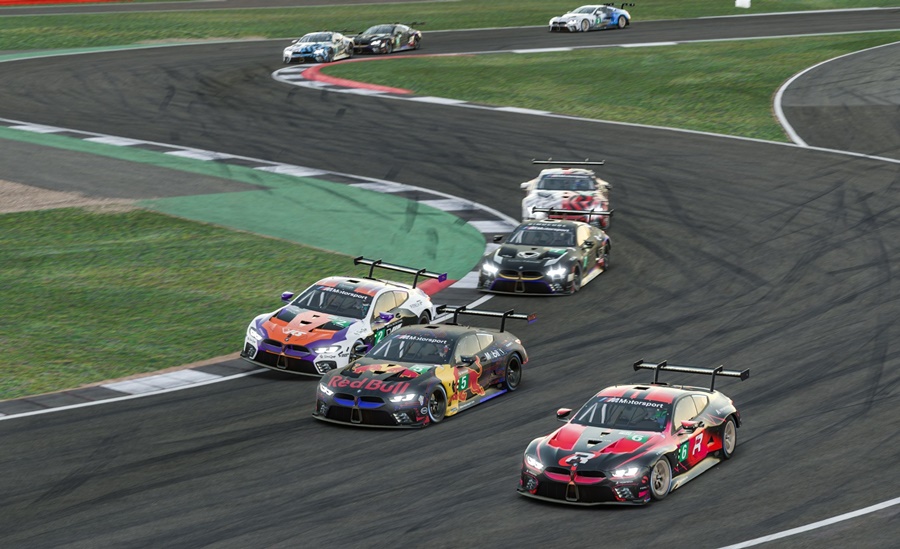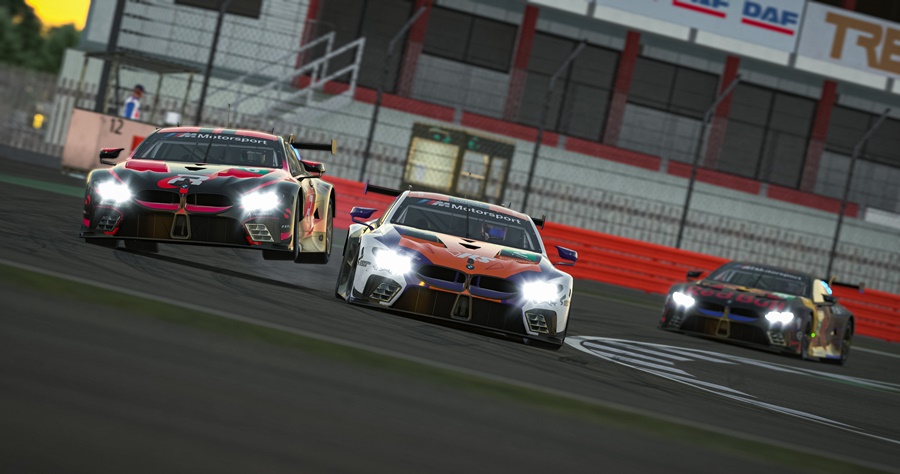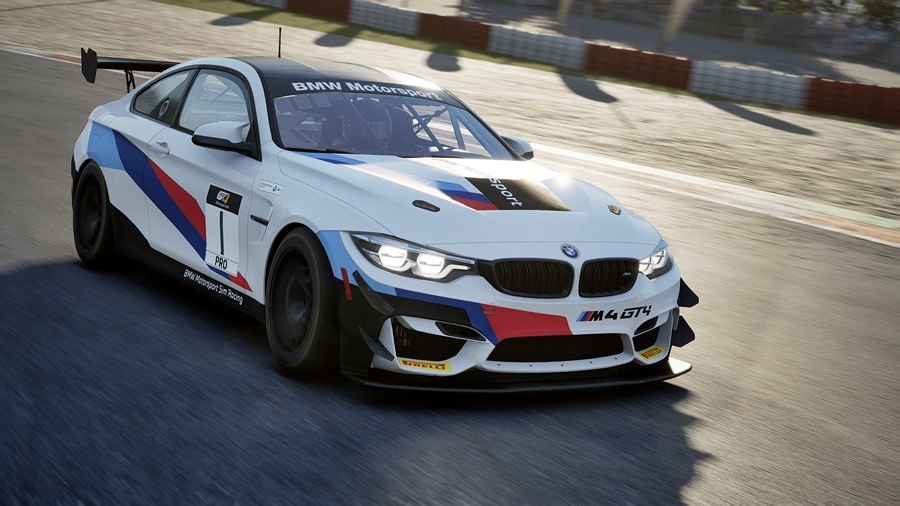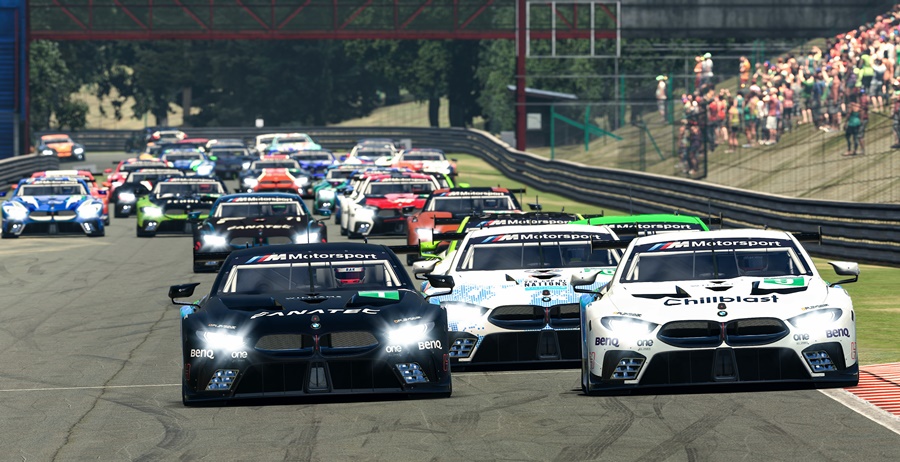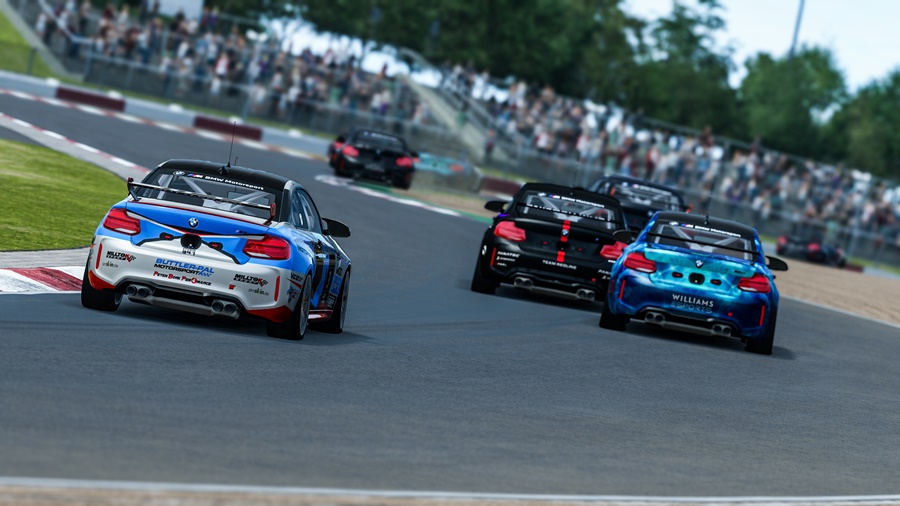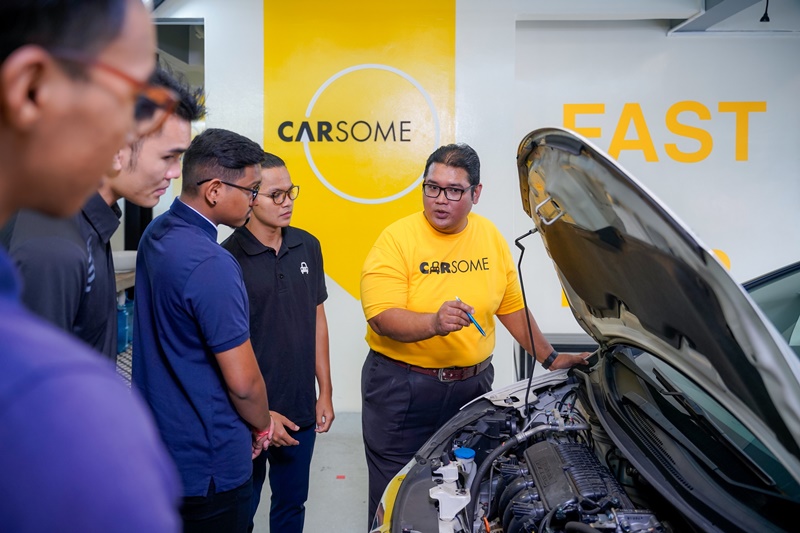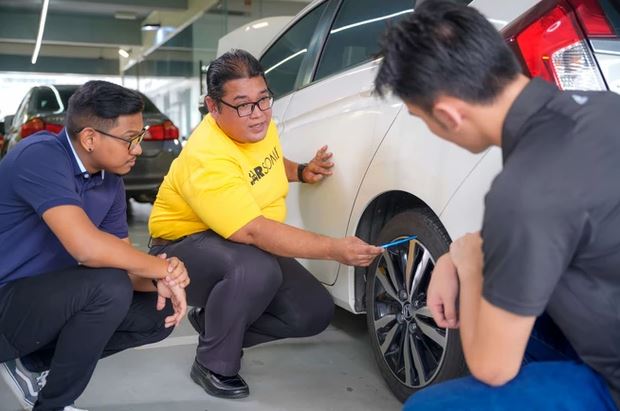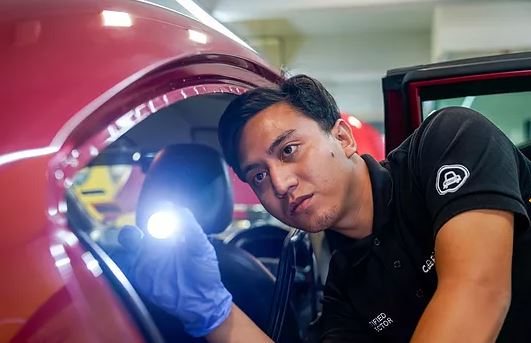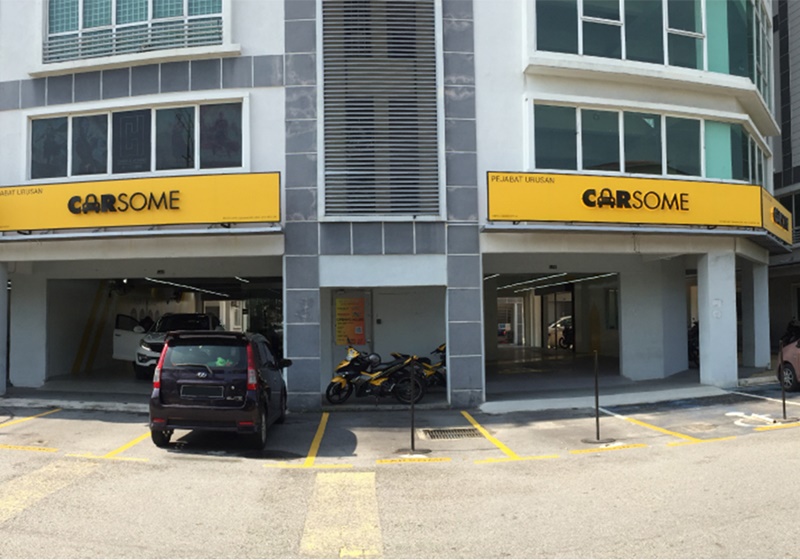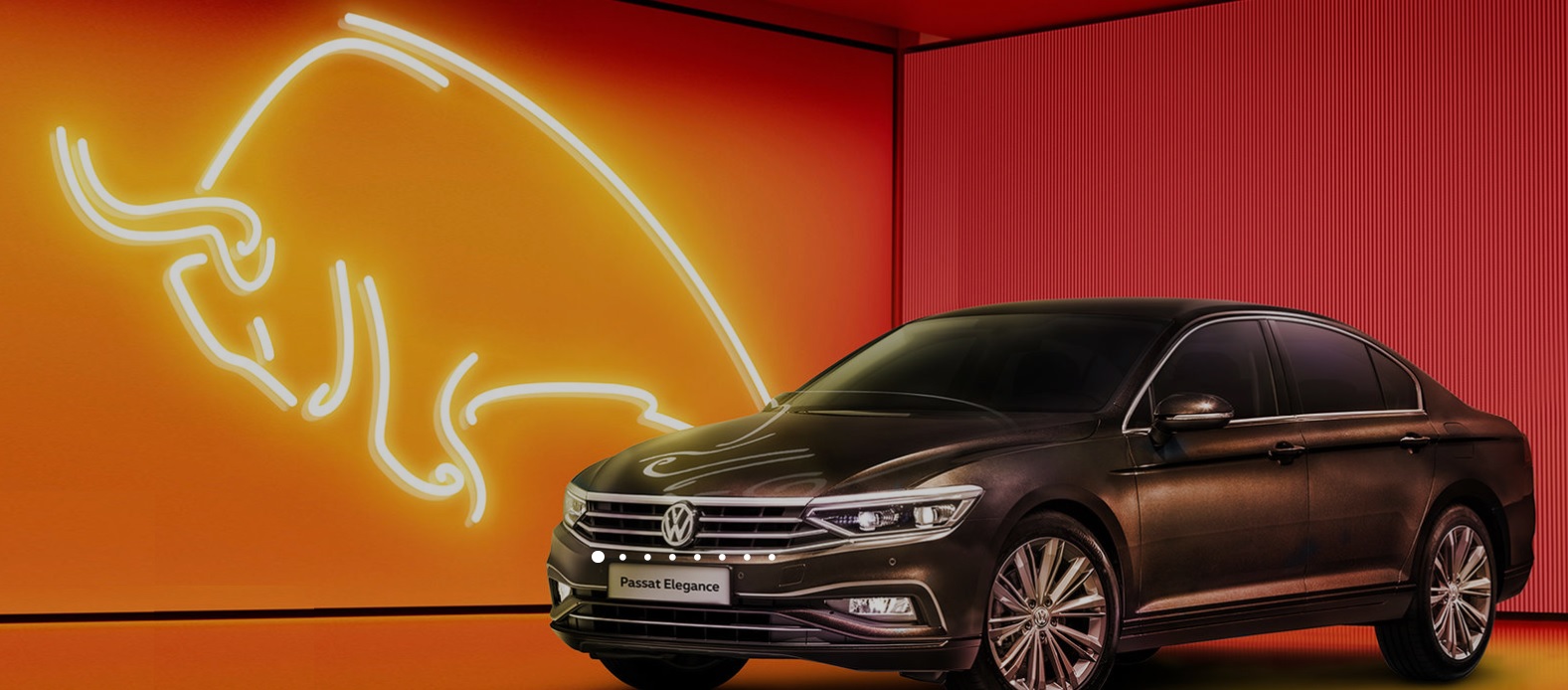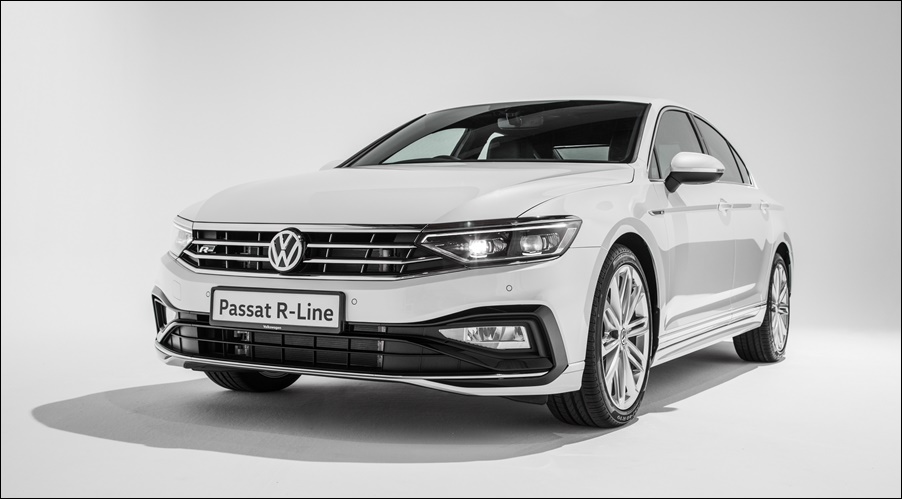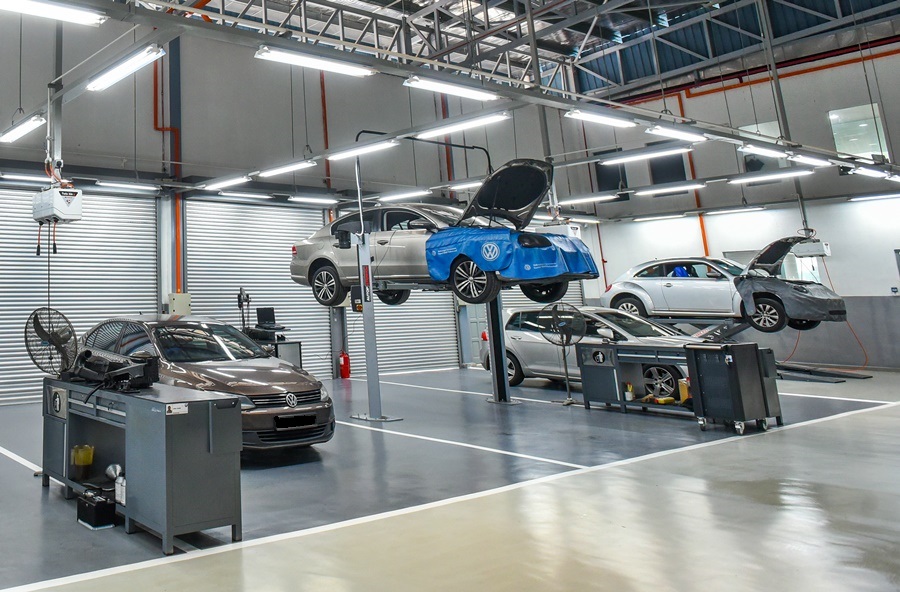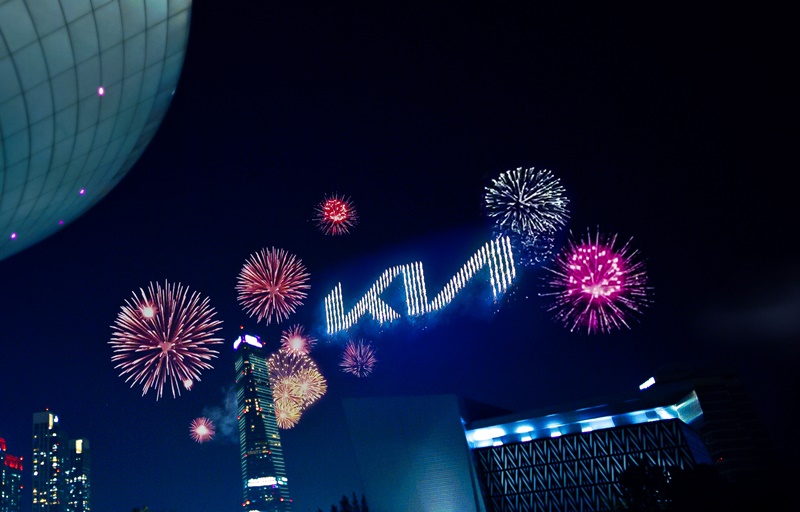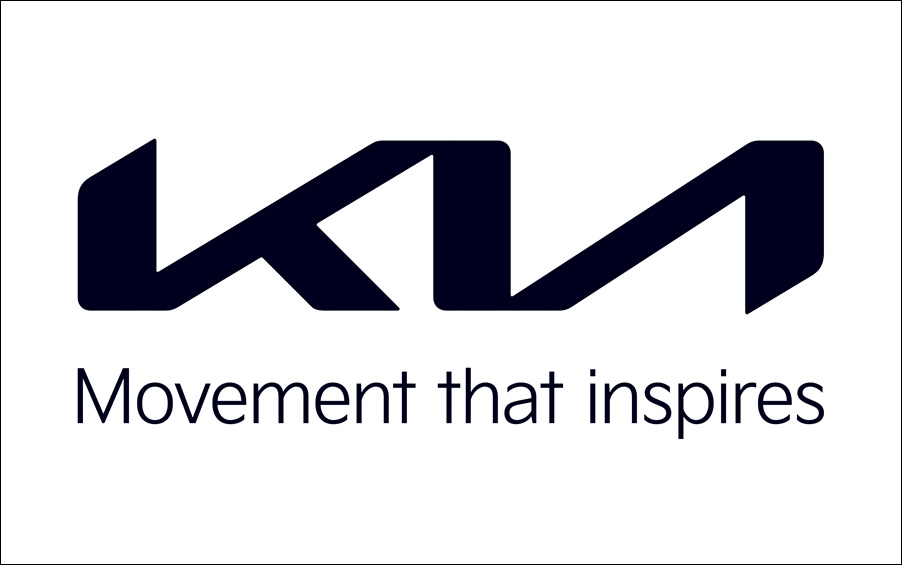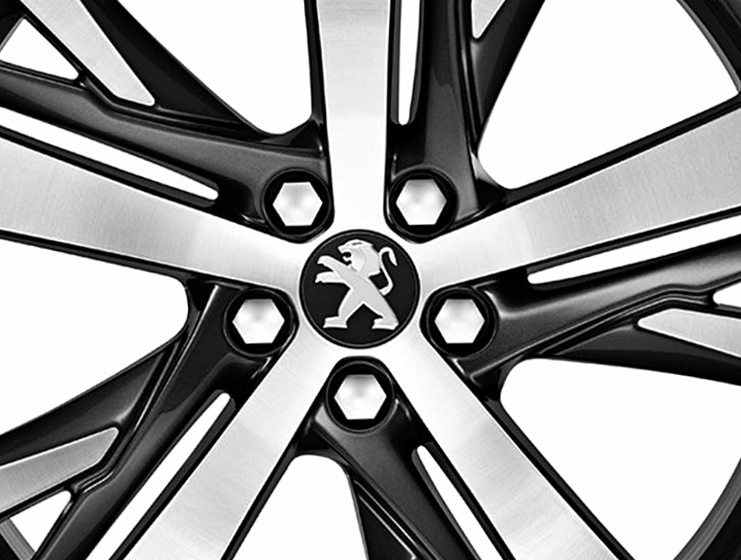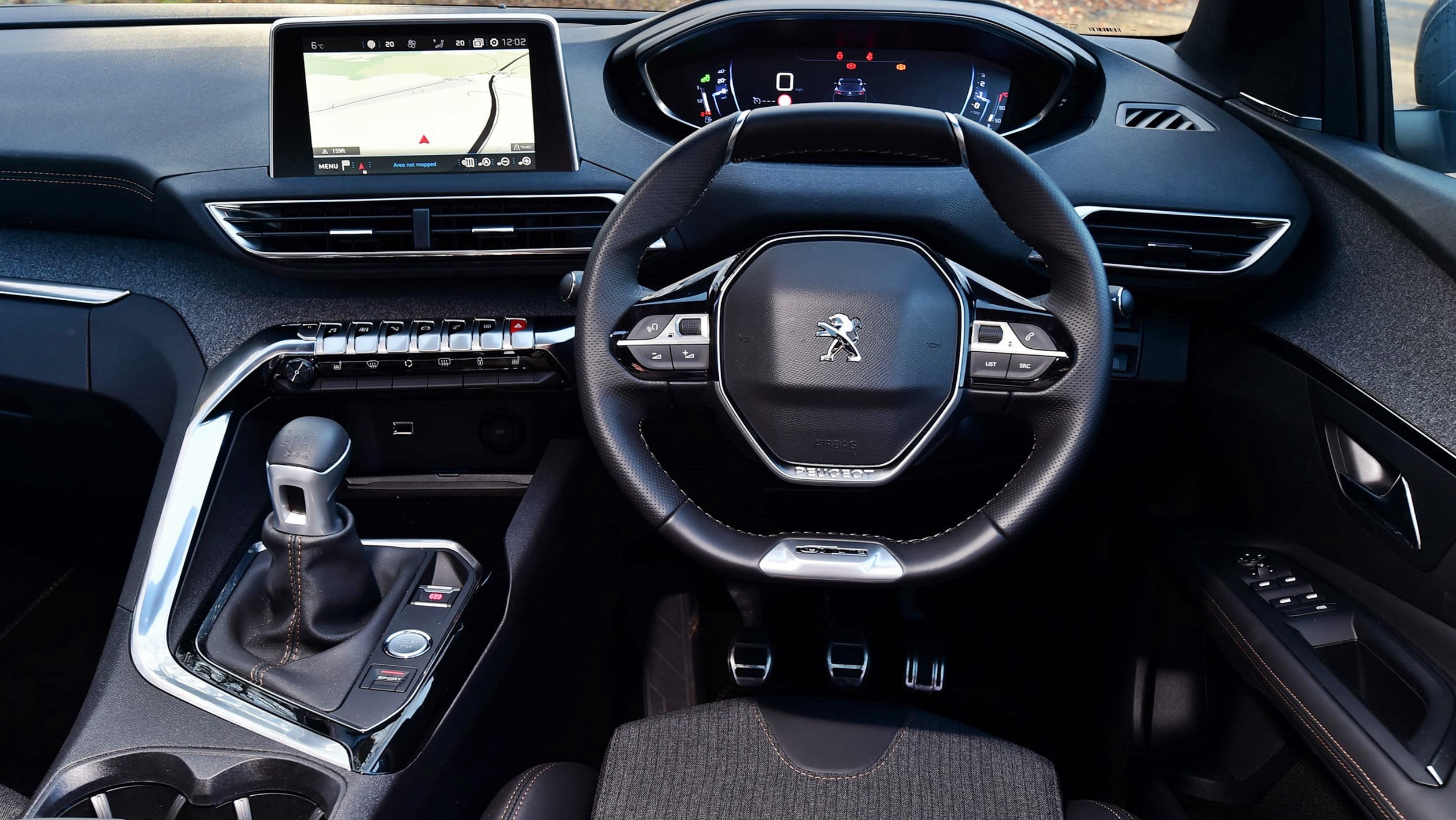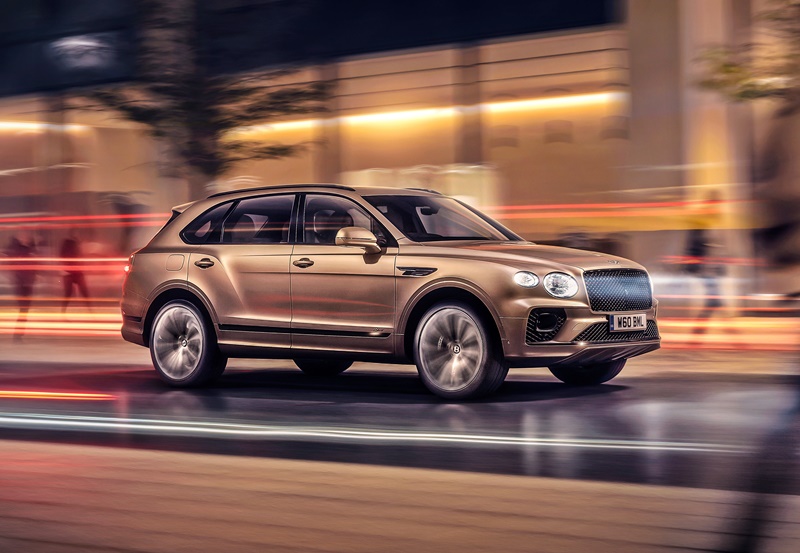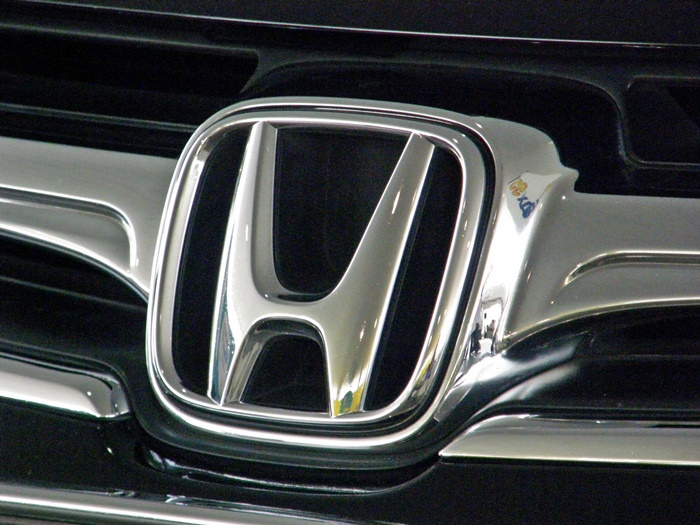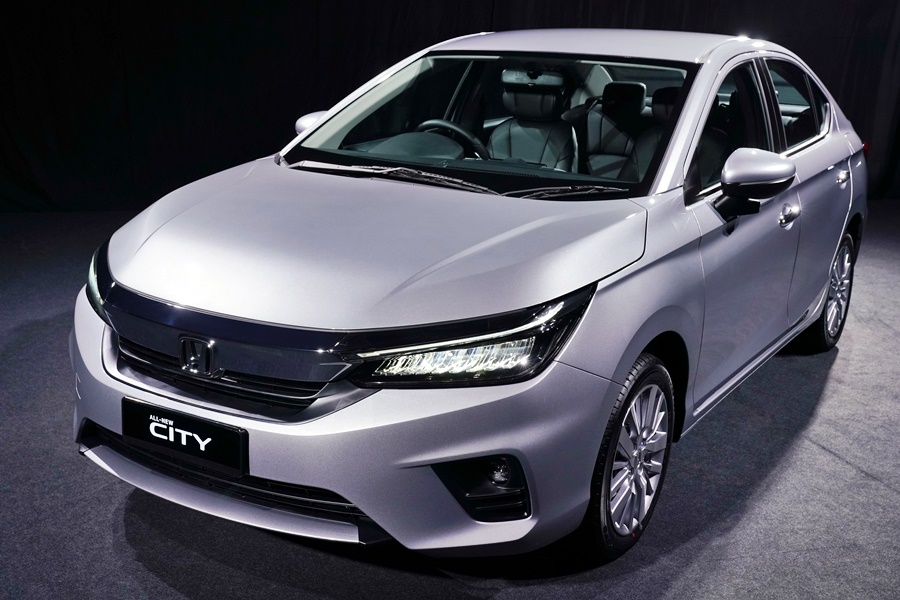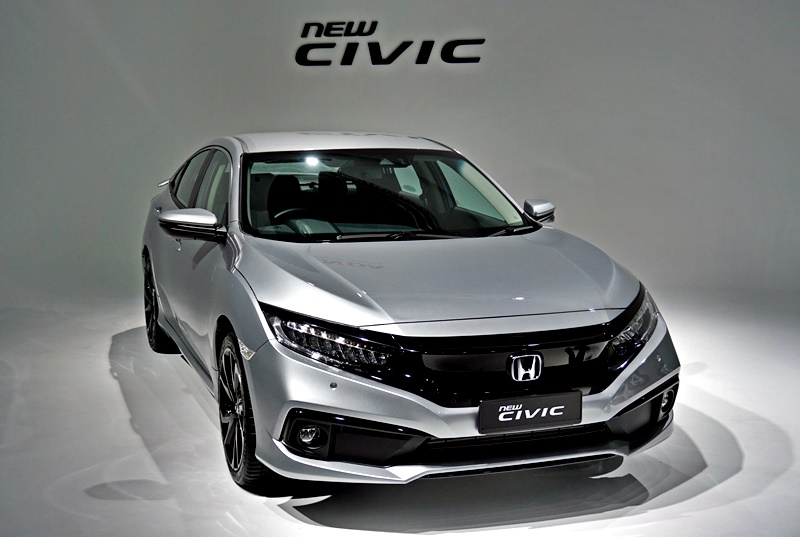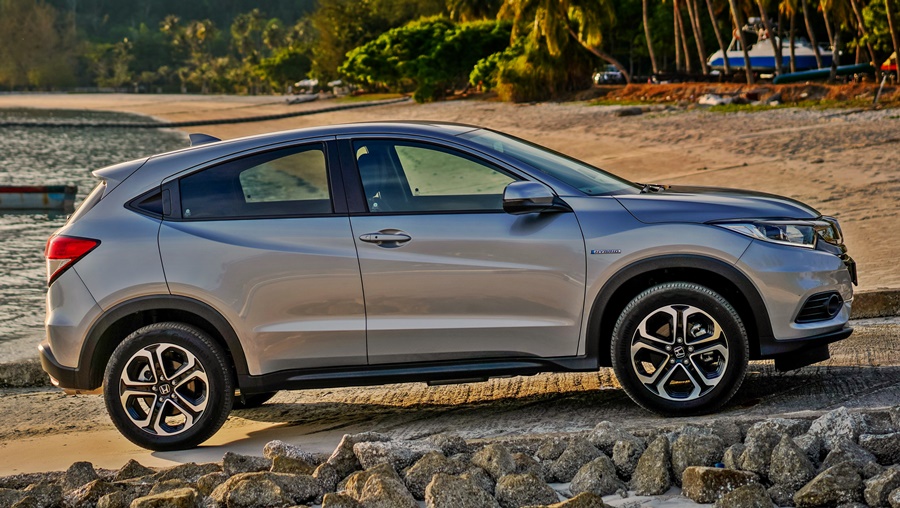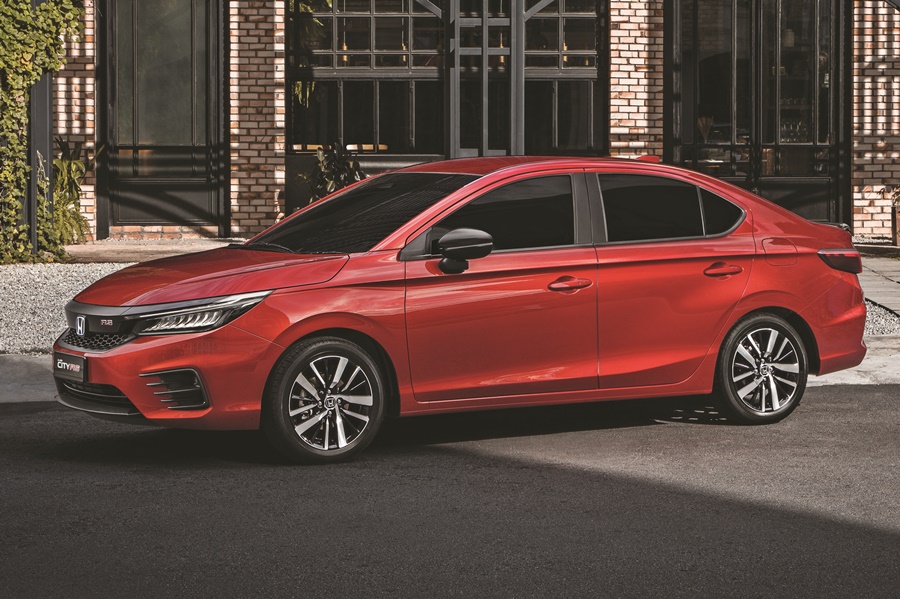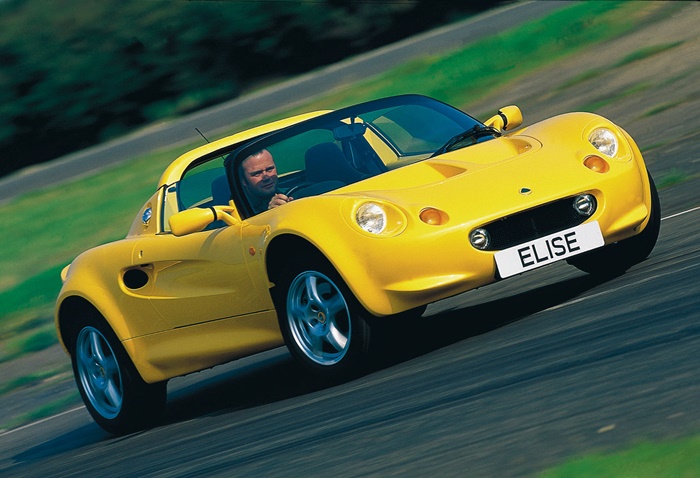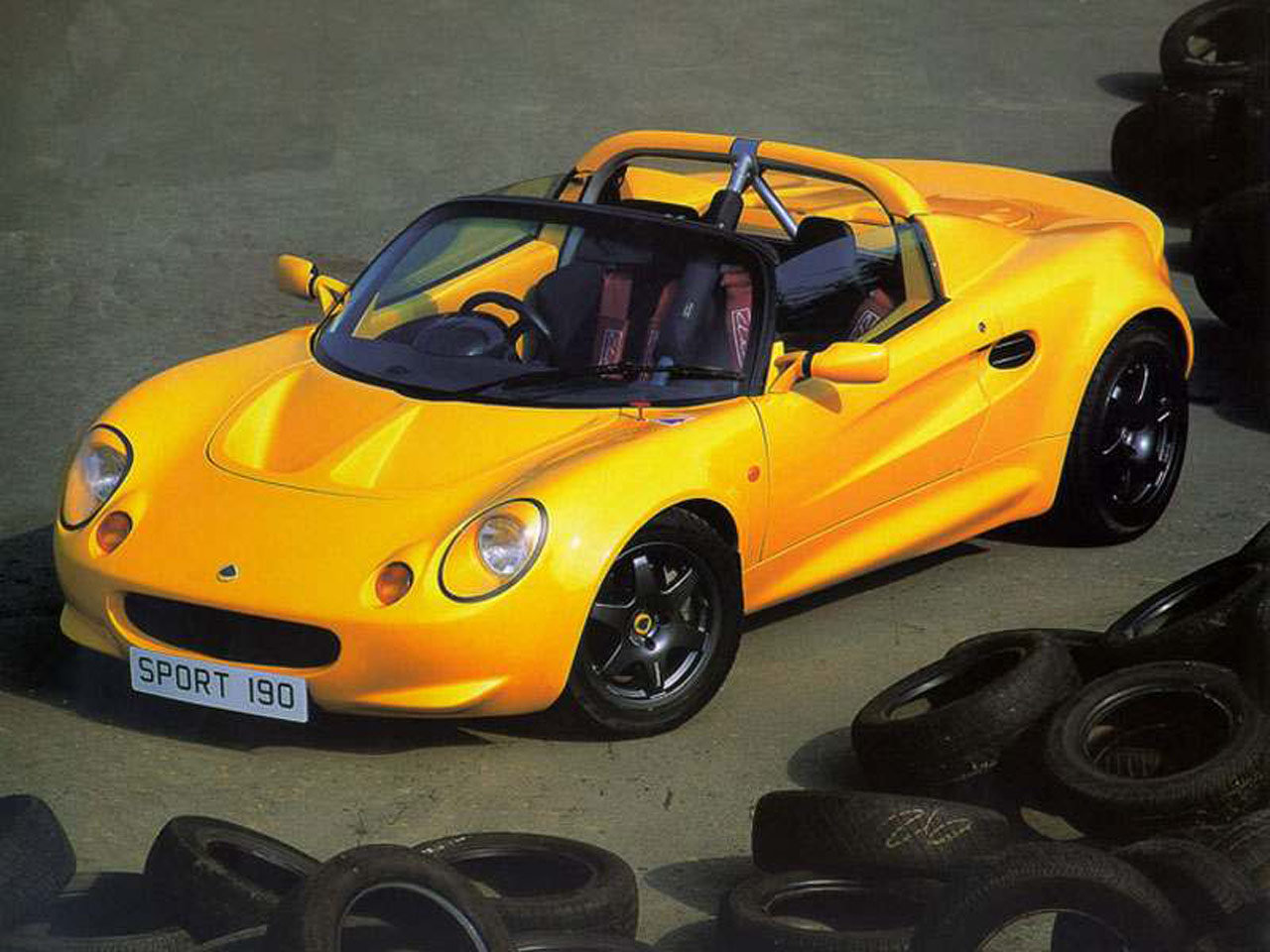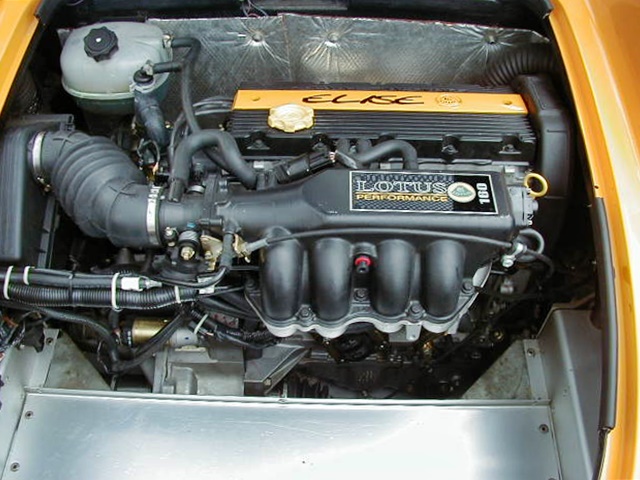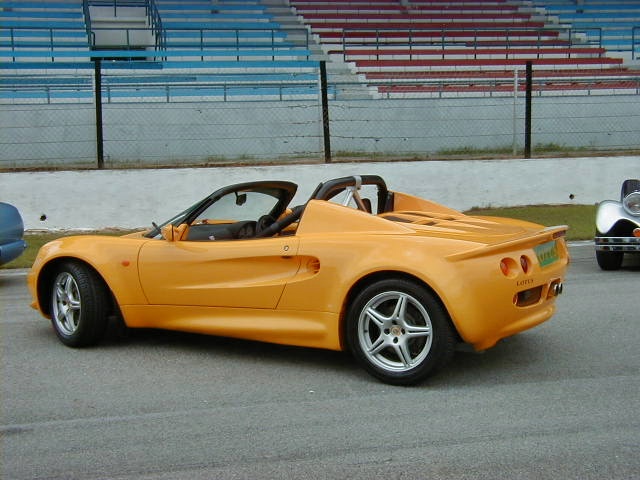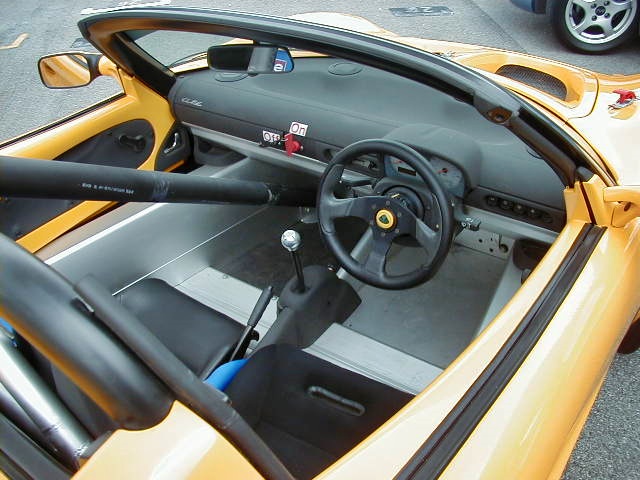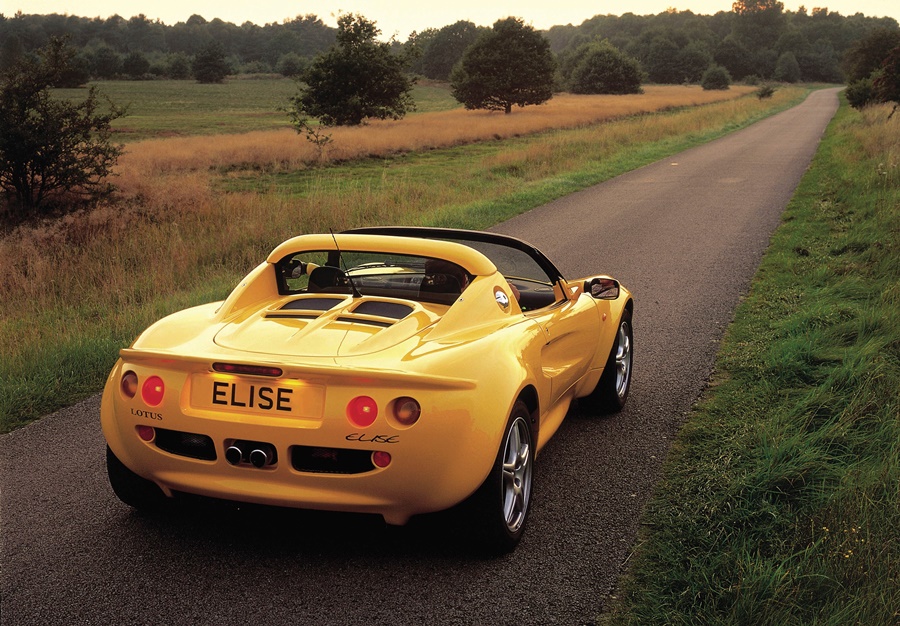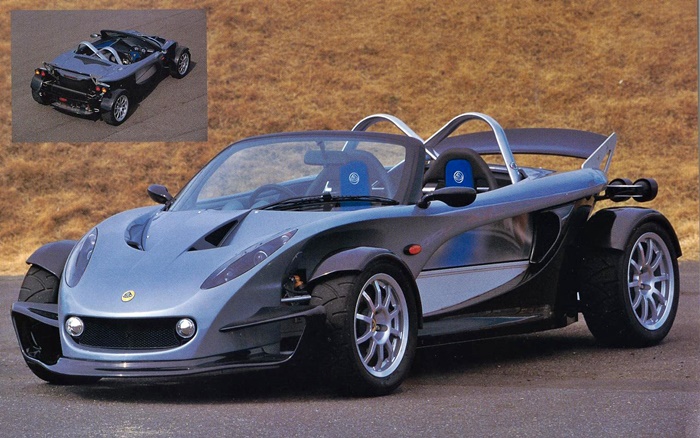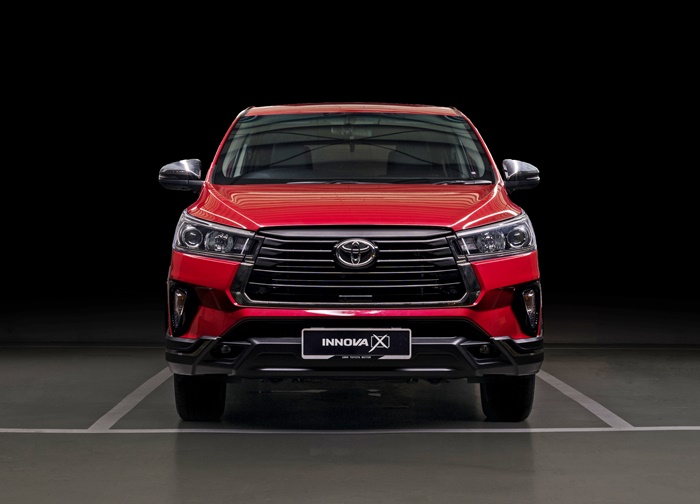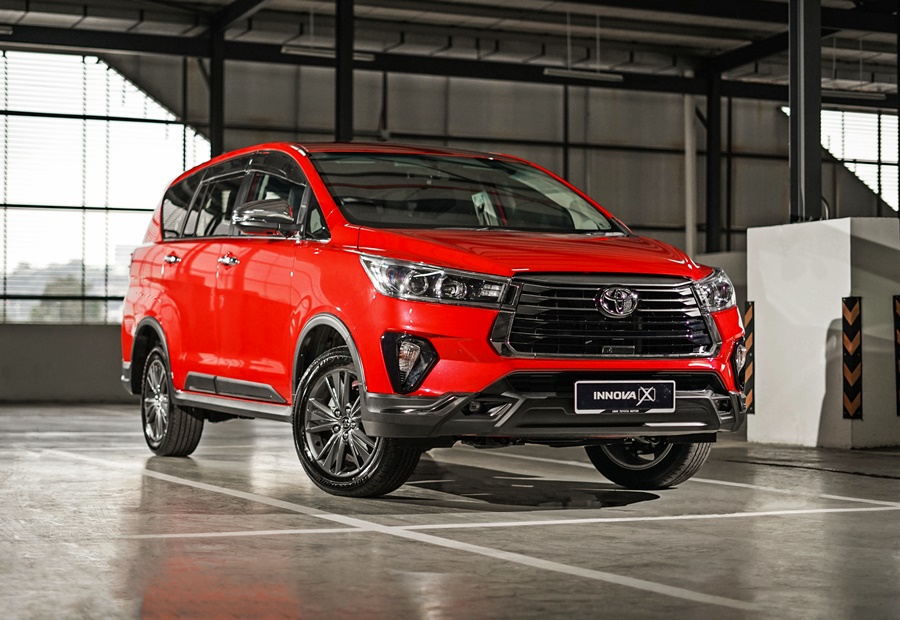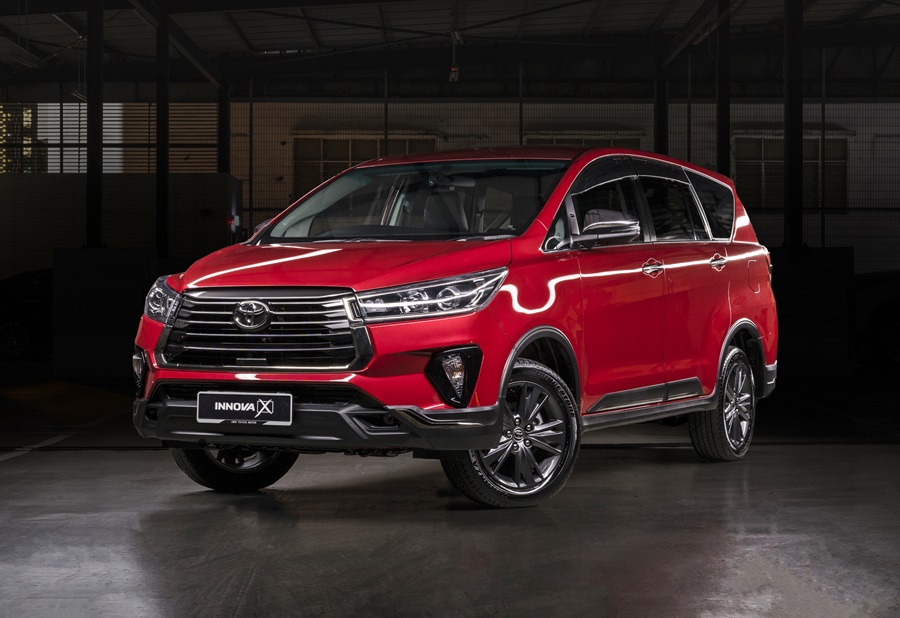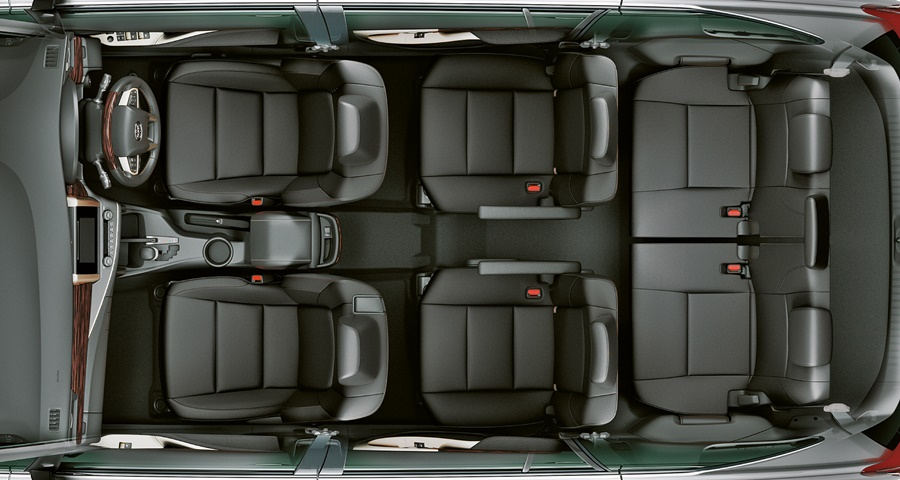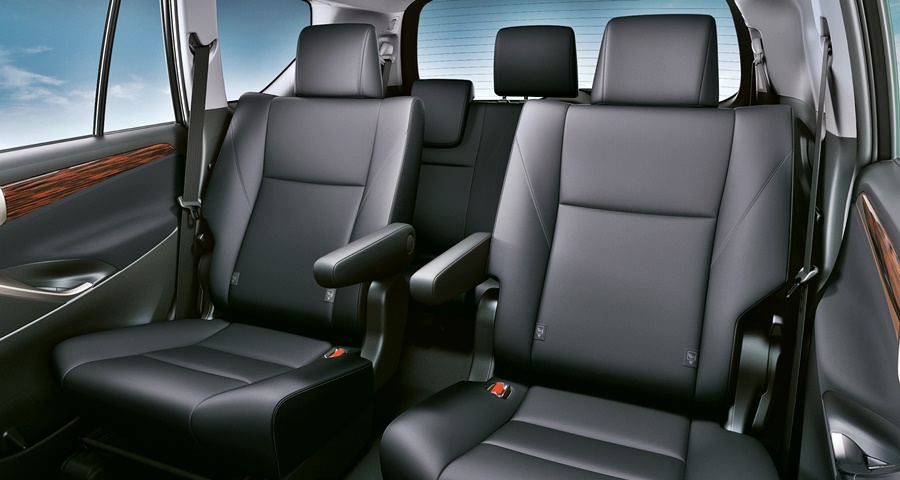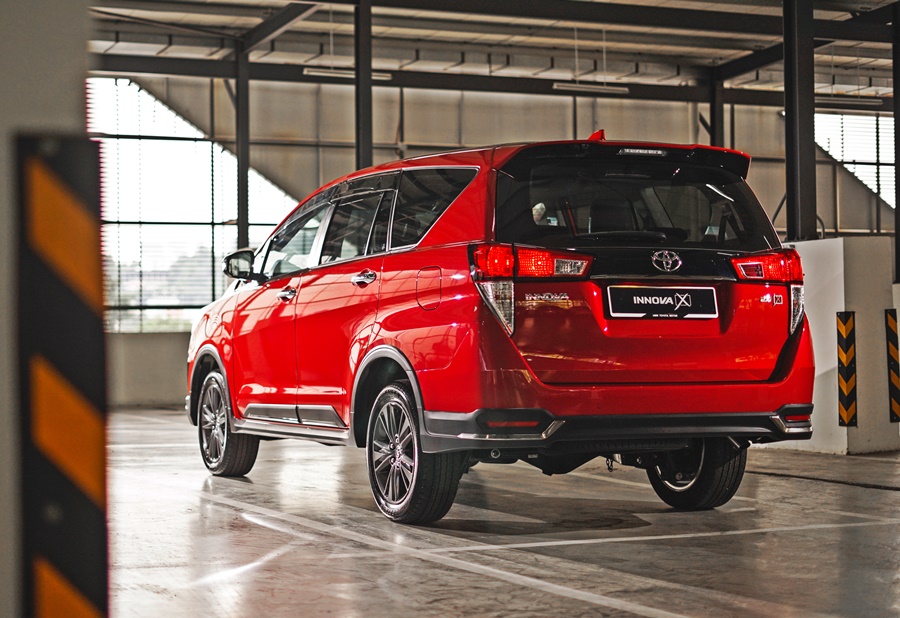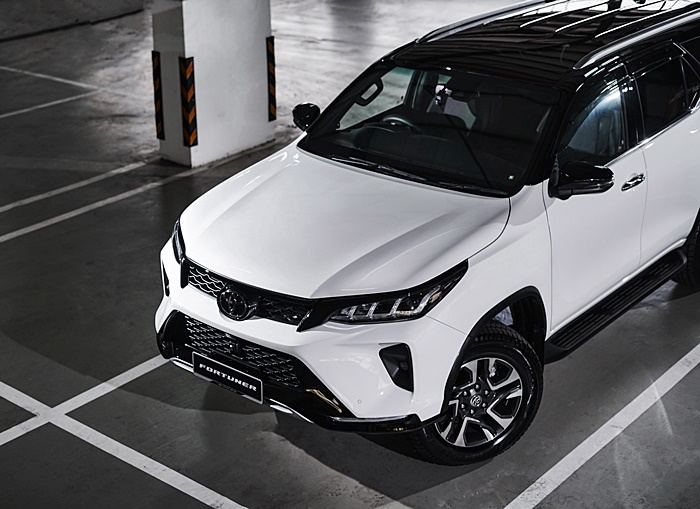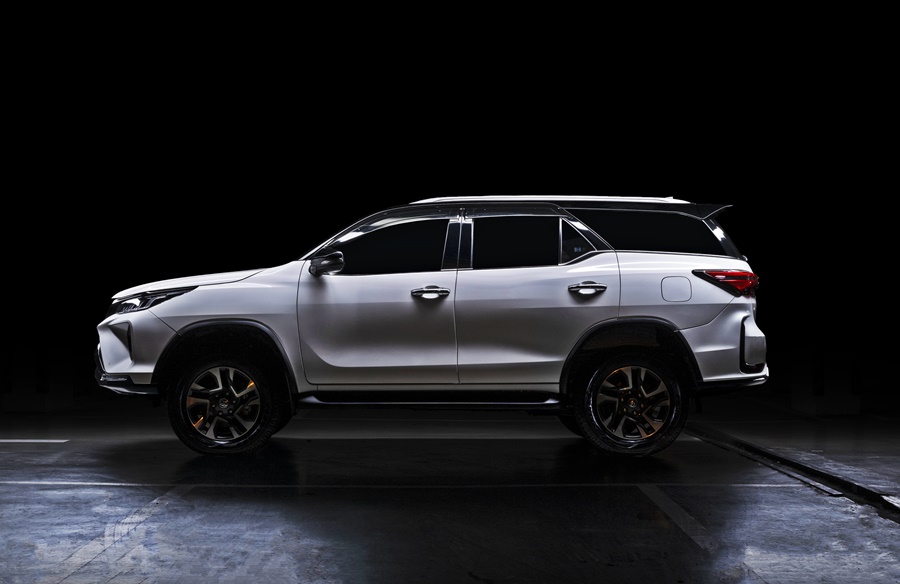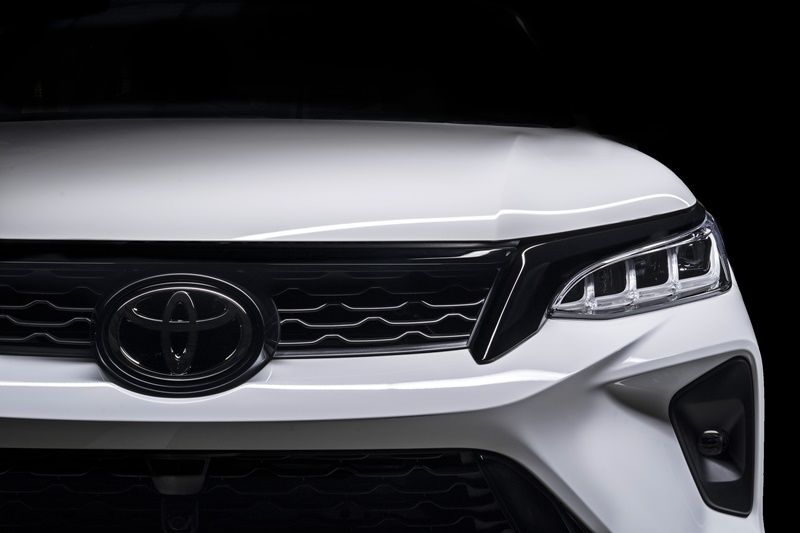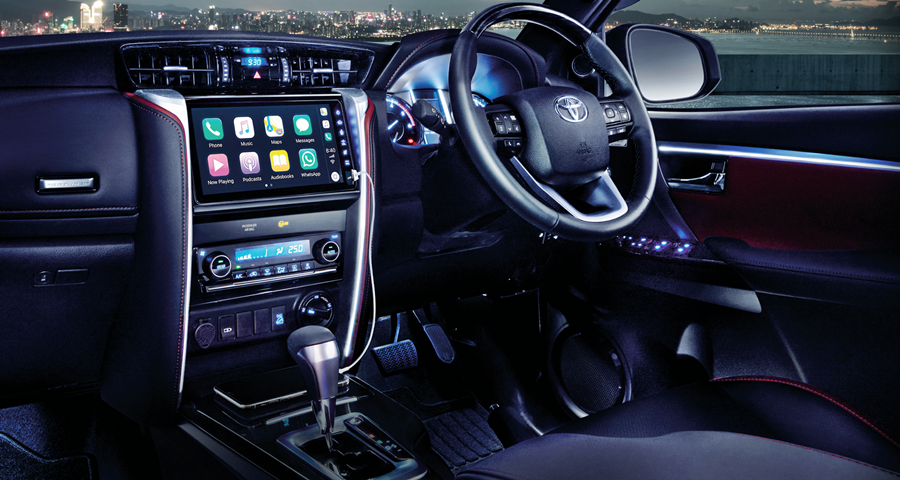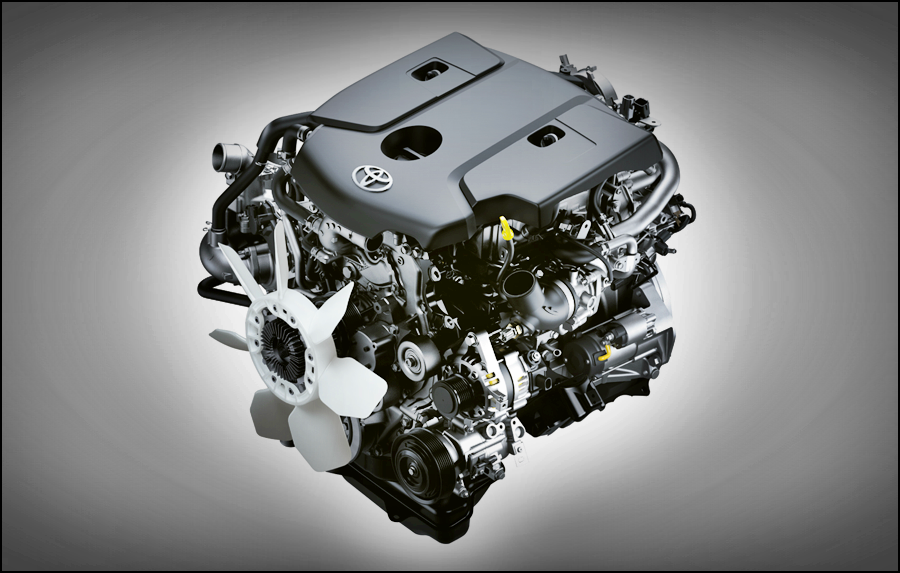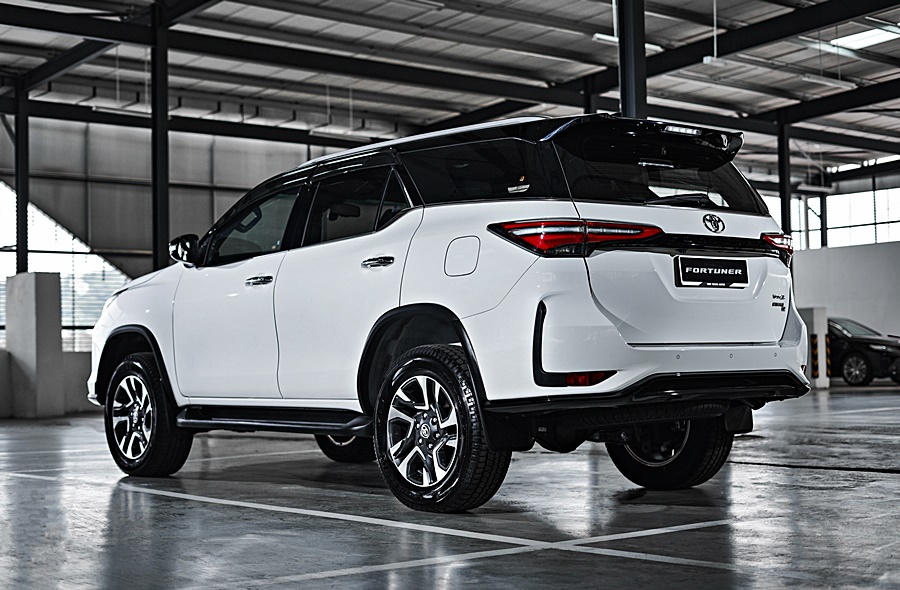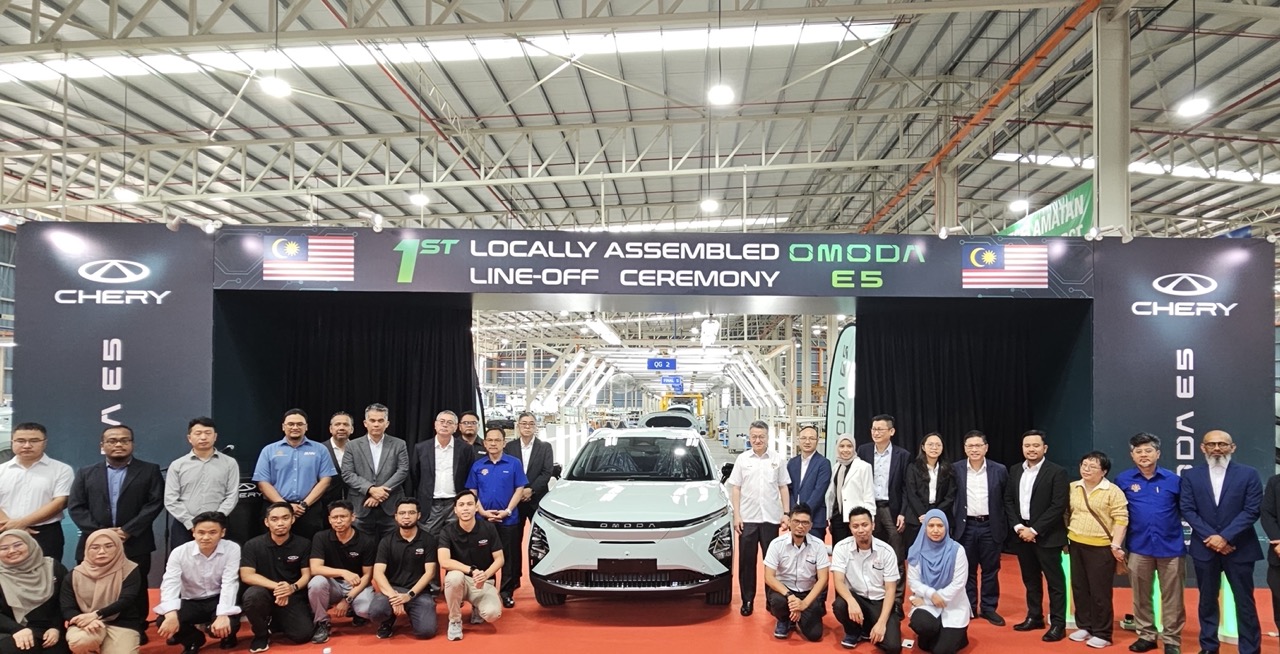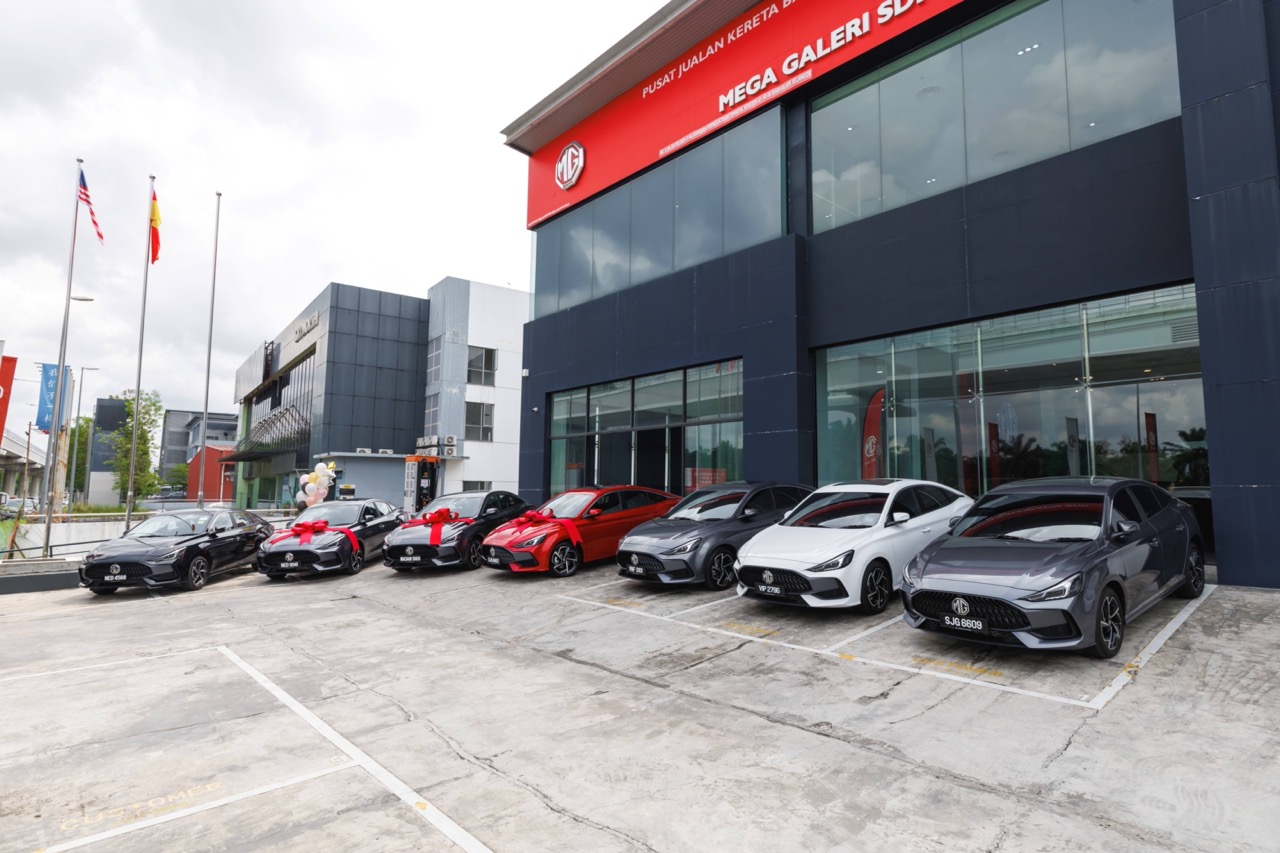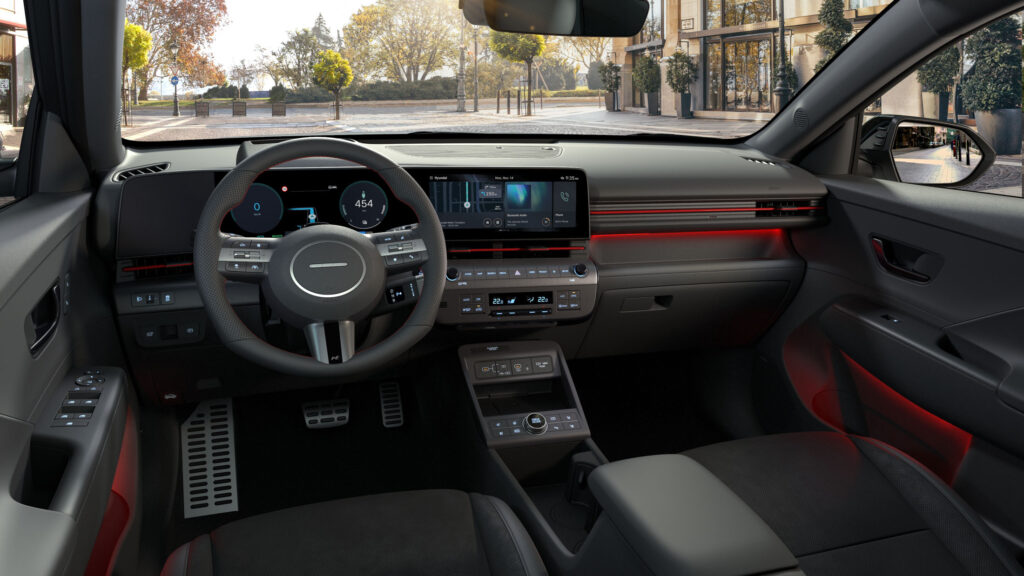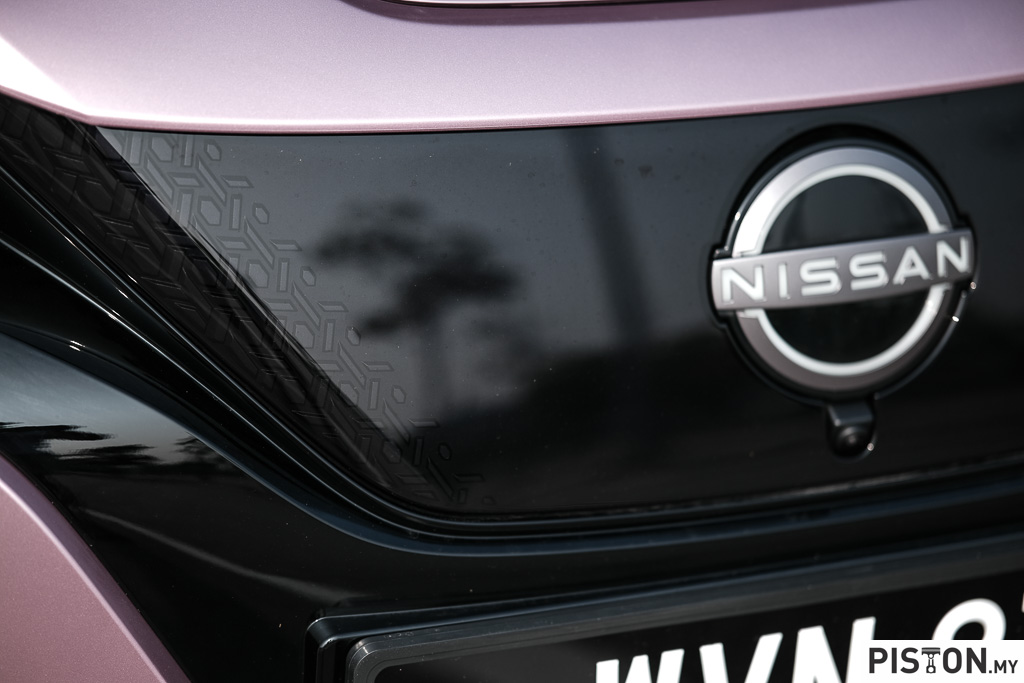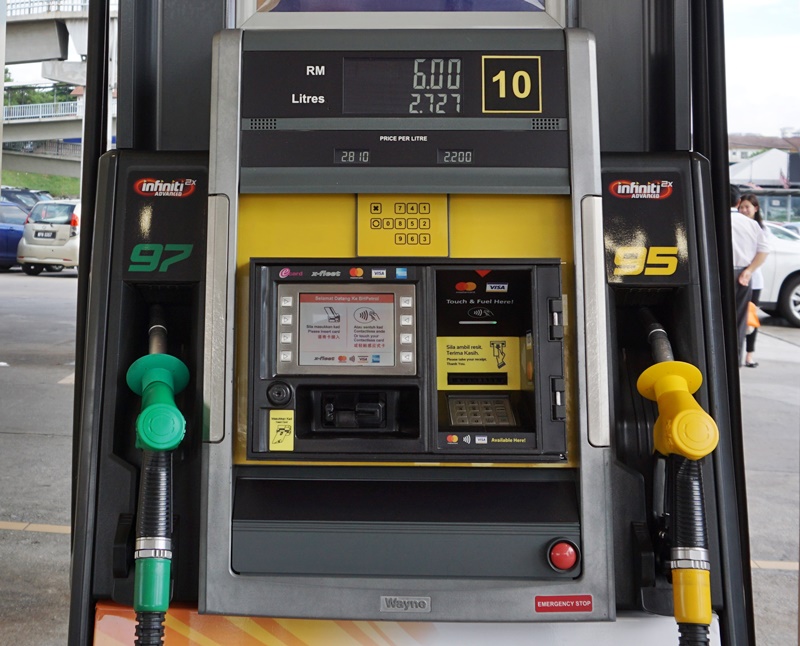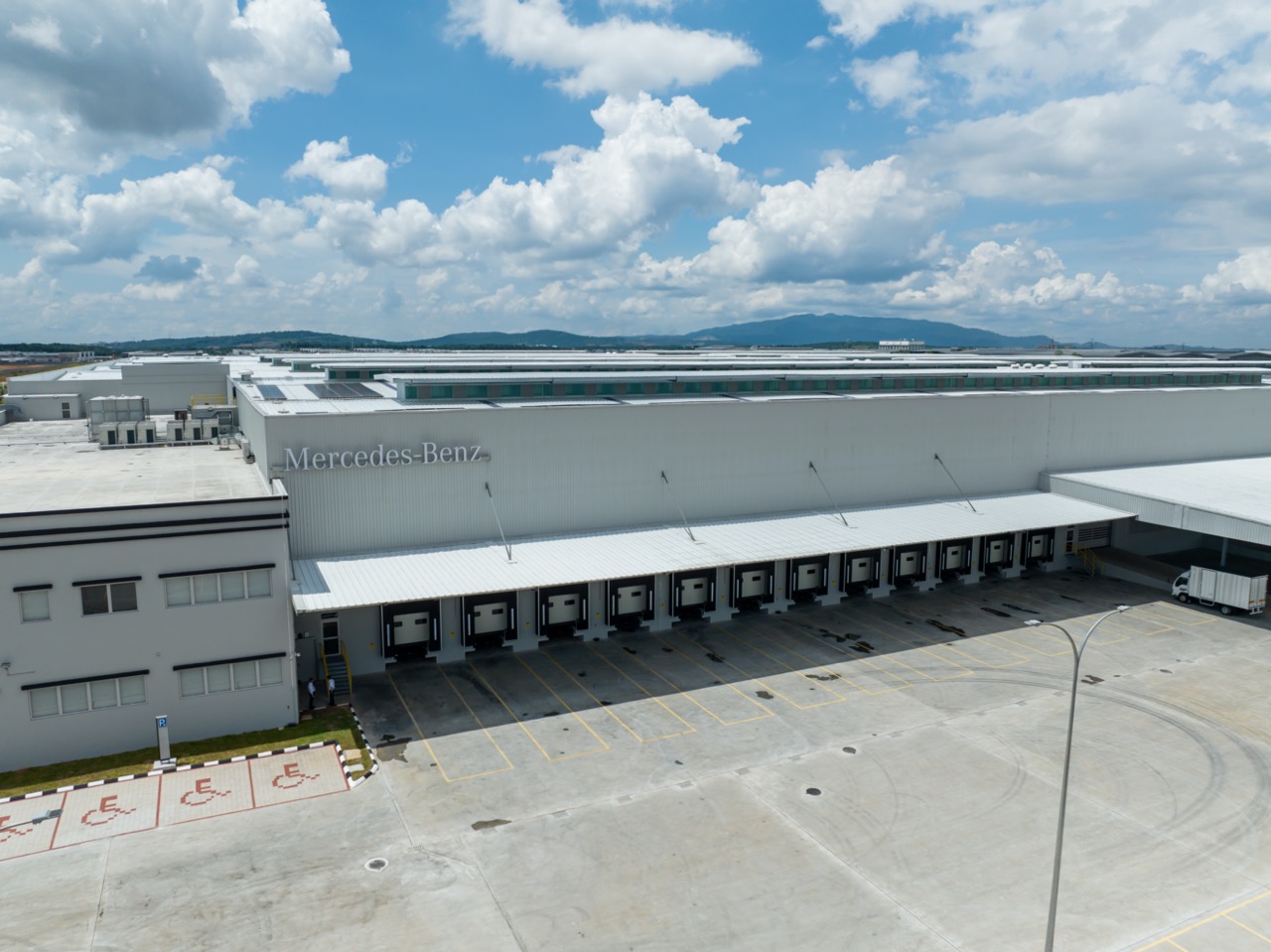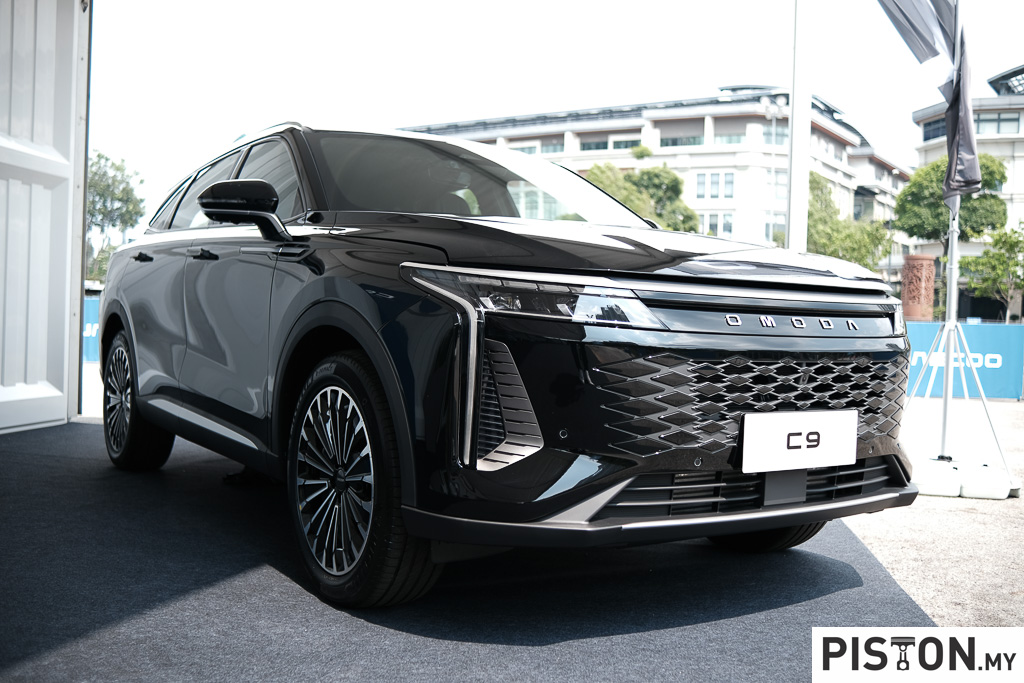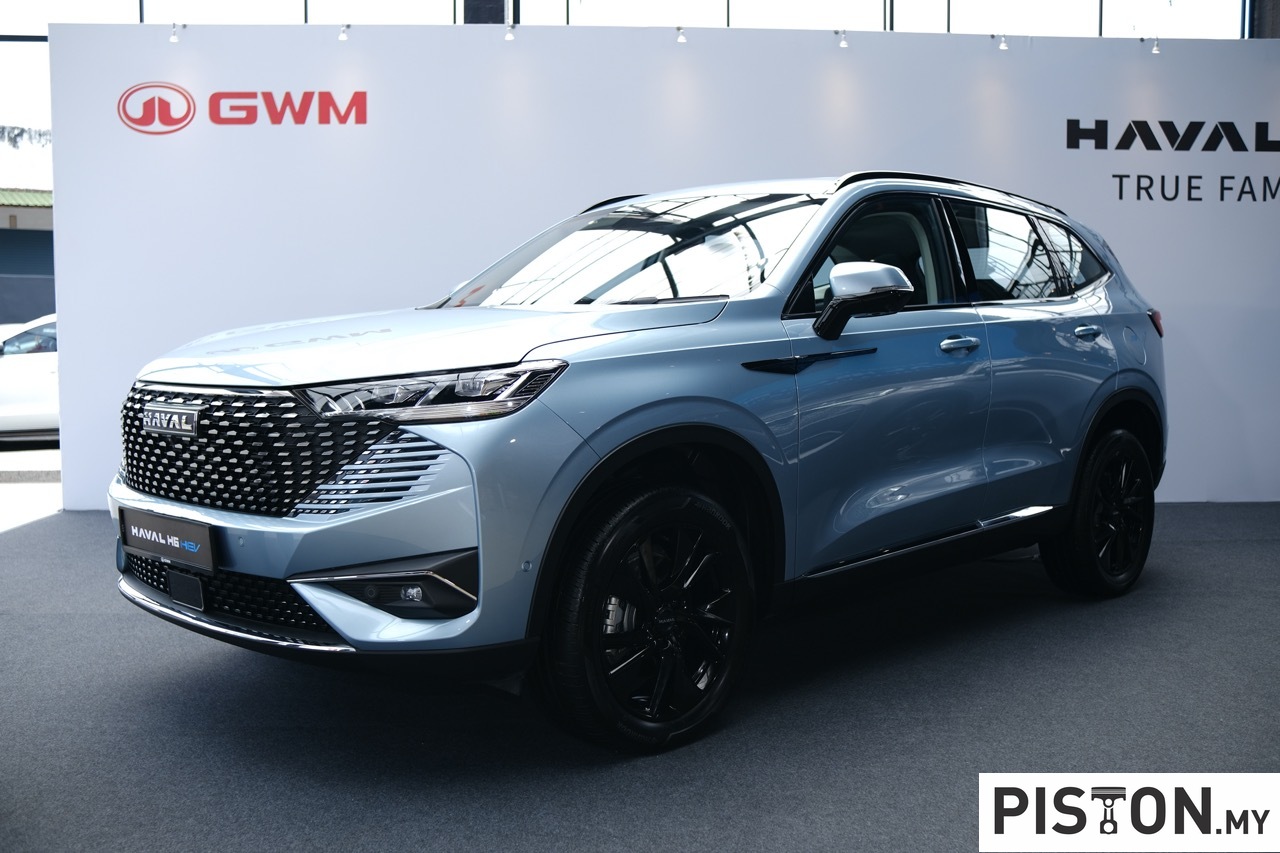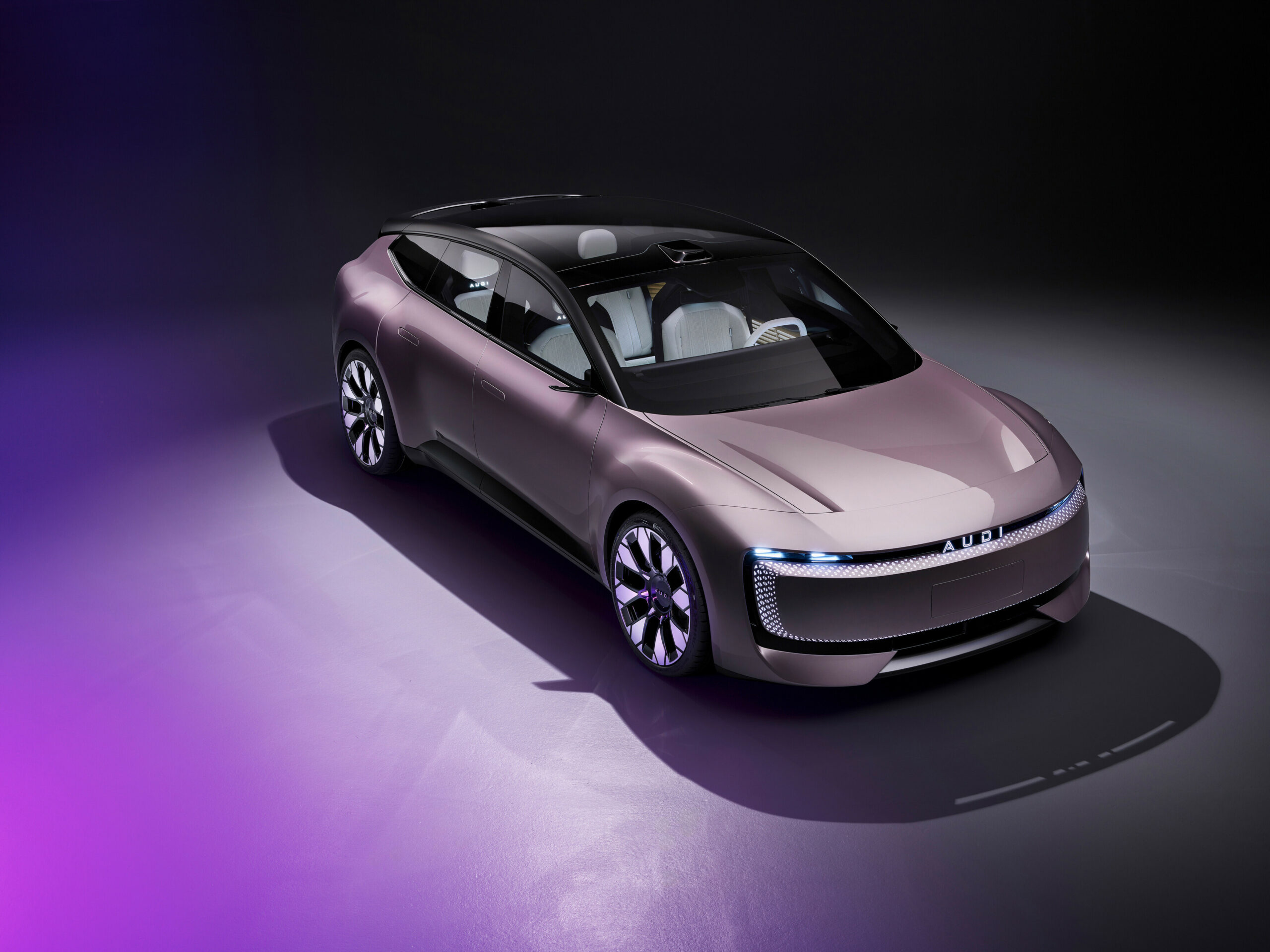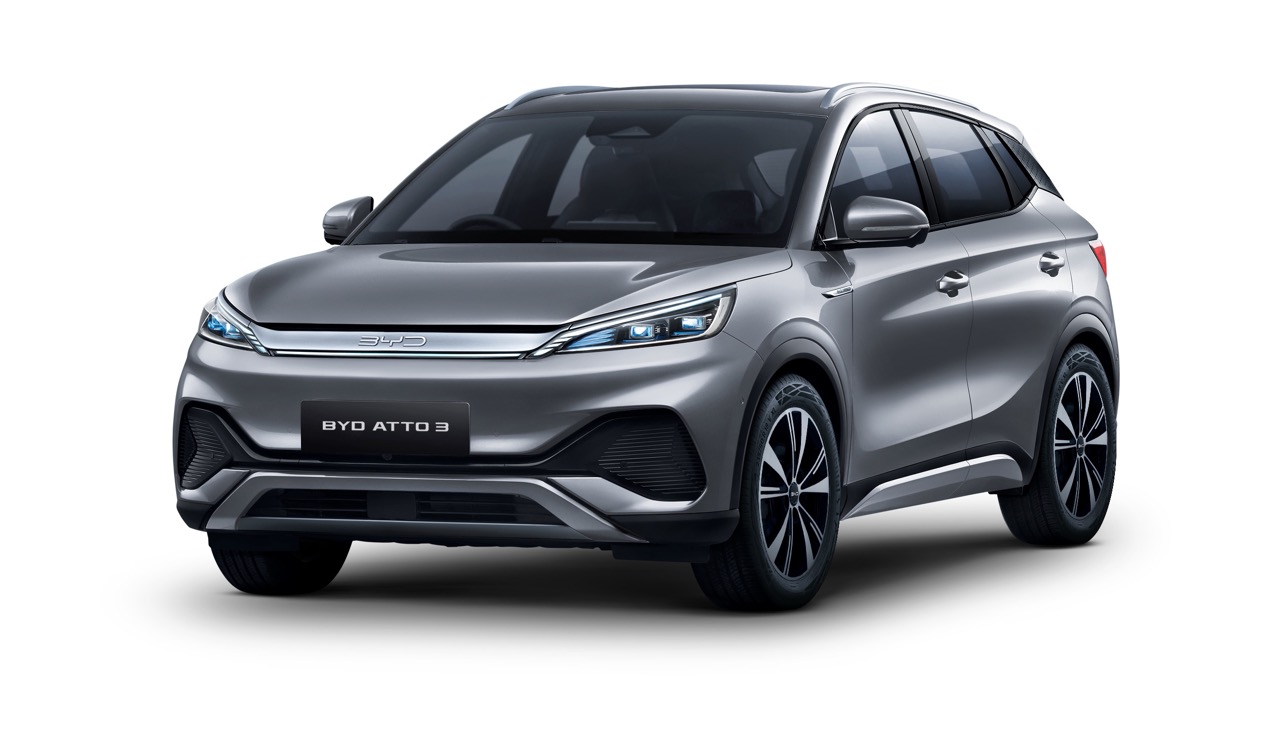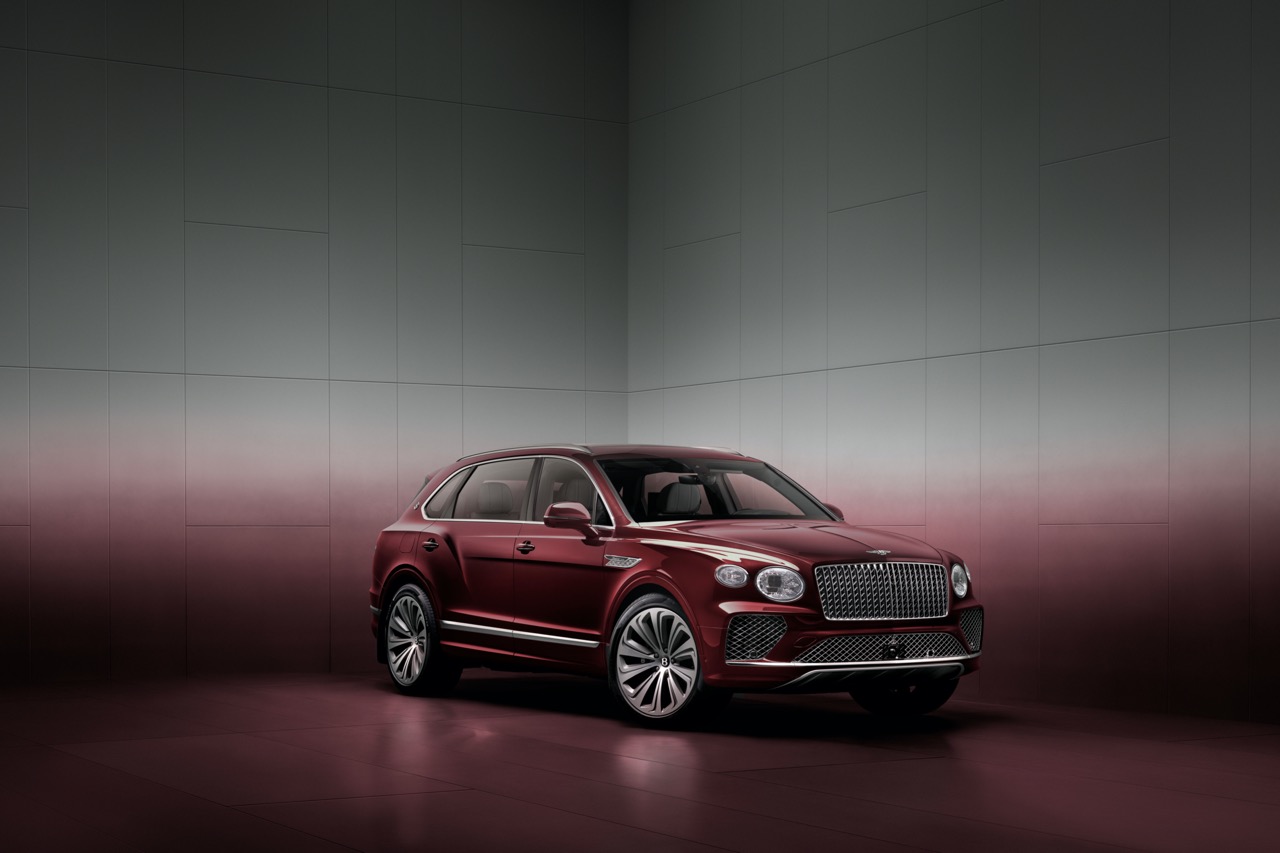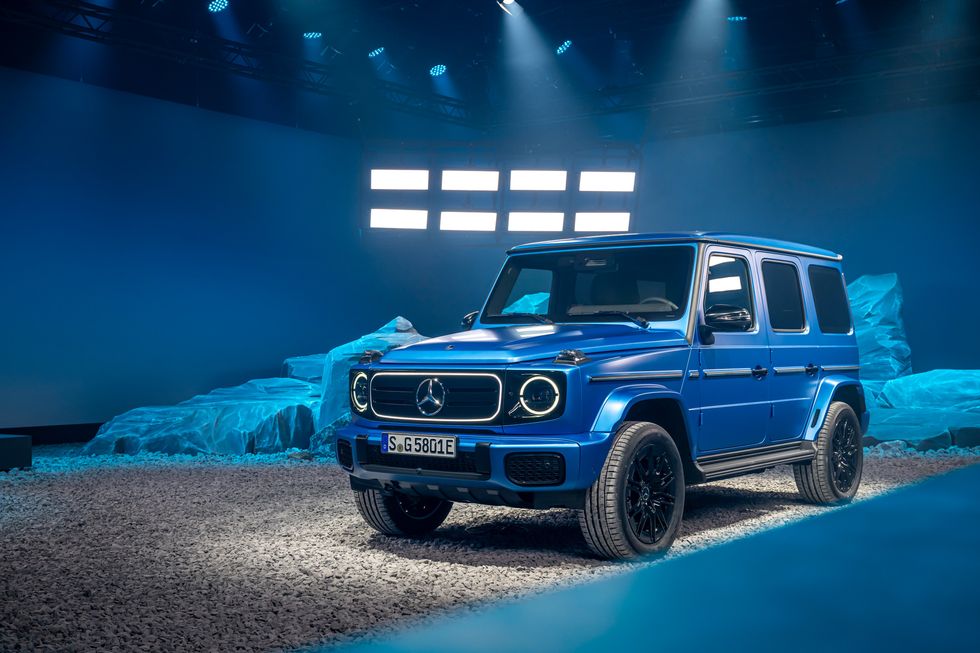
Bentley has launched the first of two PHEVs (Plug-in Hybrid Electric Vehicles) – the Bentayga Hybrid which the company says is the only electrified true-luxury SUV in the world. It is the third model in the Bentley SUV portfolio and after deliveries start in mid-2021, it is expected to become the best-selling version of latest Bentayga family.
The hybrid powertrain consists of a 94 kW (126 bhp) E Motor which can produce up to 350 Nm of torque. Working together with the electric motor is a 3-litre twin turbocharged V6 petrol engine that provides additional torque as required or when going at speeds above 135 km/h. To warn pedestrians of the vehicle’s near silent movement, a dedicated speaker emits an exterior sound at low speeds.
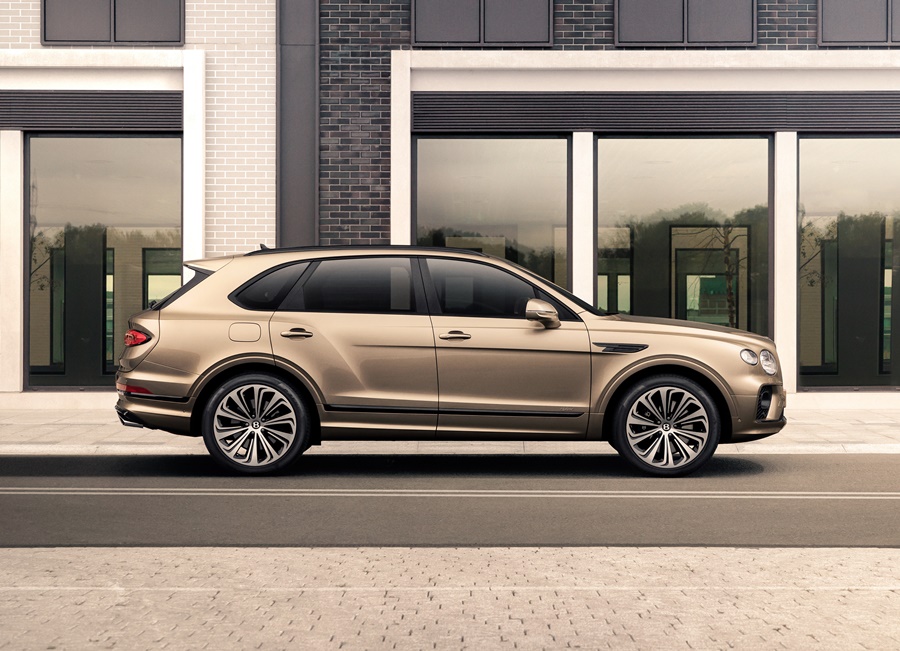
The 17.3-kWh lithium-ion battery pack consist of 168 individual cells with an expected life of 160,000 kms or 8 years, and can be charged to 100% in as little as 2.5 hours (depending on region and charging facilities). The power electronics convert the energy stored from the high voltage battery to supply the E Motor or supplement the existing 12V vehicle electrical infrastructure.
Three E modes
The driver of the Bentayga Hybrid can choose different drive modes for optimum motoring performance and efficiency. A dedicated button allows control over the 3 E Modes – EV Drive, Hybrid Mode and Hold Mode. These will enable the driver to manually manage battery usage during a journey – though this can also be managed automatically by the car.
There is also an Efficiency Accelerator Pedal which provides a pressure point when in EV Drive to denote the boundary between pure electric and hybrid power. This encourages the driver to stay in EV Drive for as long as possible but can also be disabled if required. In pure electric drive, the E Motor continues to function up to speeds of up to 135 km/h.
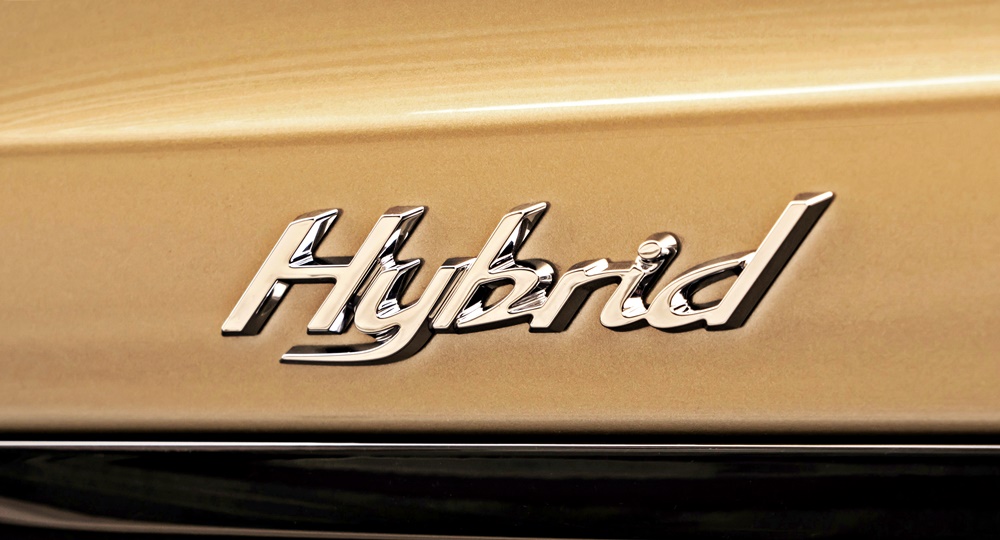
Bentley Hybrid Efficiency Braking blends seamless integration of braking between the E Motor and conventional hydraulic braking, to provide a conventional feel to the brake pedal for comfort and the driving experience while maximising recuperation of energy.
Real-world usage studies
Bentley’s research shows over 90% of owners use their first-generation Bentayga Hybrid on a daily basis or several times a week, and nearly 100% of them use EV mode, with half of them consistently undertaking journeys of less than 50 kms.
It was also found that 78% of zero emissions journeys (those in pure electric mode) were achieved regularly over a 900-km activity. In a more urban environment, one of Bentley’s development drivers achieved 67% in EV model over 1,080 kms around San Francisco. In the UK, Chris Cole (Project Leader for the Bentayga Hybrid) did 64% with zero emissions commuting to and from the factory. In real-world terms, therefore, the majority of journeys can be achieved completely in electric mode only.
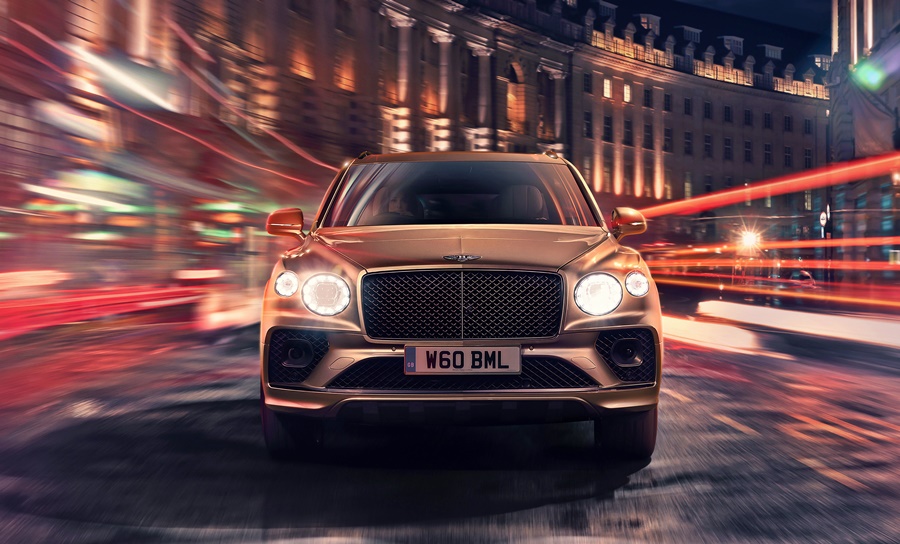
Unified Bentley design DNA
The new exterior and interior design emphasise Bentley design DNA across the entire model range. It has been completely refreshed from the previous generation to create an even more stylish and purposeful car. Every panel at the front and rear of the car has been altered to give it a cleaner and more modern look.
At the front, a larger and more upright new matrix grille allows the Bentayga’s elegant bonnet to sweep down to the very edge of the chrome work. This gives the car a more dominant, upright profile and pushes the new elliptical LED matrix headlamps further apart, raising them 30 mm higher leading to a more muscular aesthetic. The new headlamps also include the marque’s now-signature cut crystal design, which makes them appear to sparkle even when not lit.
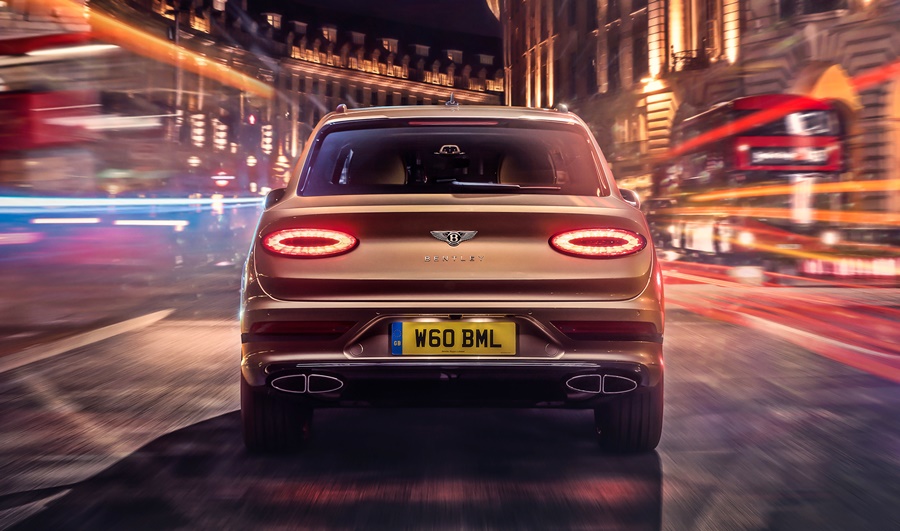
Perhaps the most dramatic design changes can be seen at the rear of the car where the new Bentayga range can be clearly differentiated from its predecessor. In line with the Continental GT, it features elliptical tail lamps for the first time.
The new looks are further accentuated with numerous individualisation possibilities, including the contemporary urban appeal of the Blackline Specification that replaces all exterior chrome with black versions.
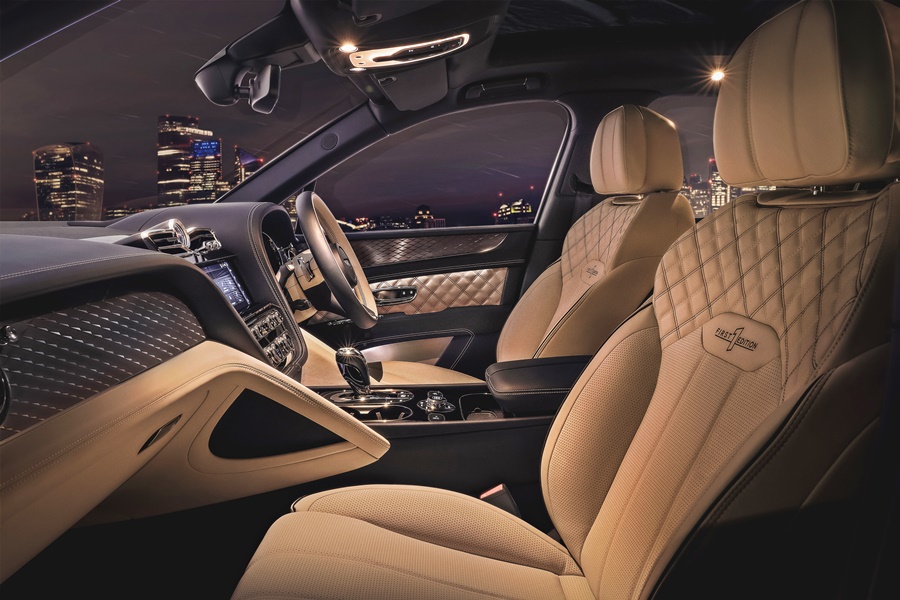
Re-imagined interior
A quieter and more refined driving experience is promised with the Bentayga Hybrid. The interior has been re-imagined and now contains a modernised combination of luxury materials and intricate craftsmanship. Bentley designers have created an even more relaxing environment for passengers with major changes to the door trims and steering wheel, plus a redesigned centre fascia and digital instrumentation cluster. These are complemented by new seats that further improve on seat comfort.
Two seating configurations are available. The standard 5-seat layout benefits from an all-new seat frame, doubling the travel of the rear-seat recline angle, and the optional 4-seat configuration has two individual rear seats separated by a centre console. The ergonomics of the 4-seat configuration are further enhanced from a 30 mm increase in knee room in the upright seated position, with an improvement of almost 100 mm in the reclined position, making luxury travel even more comfortable.
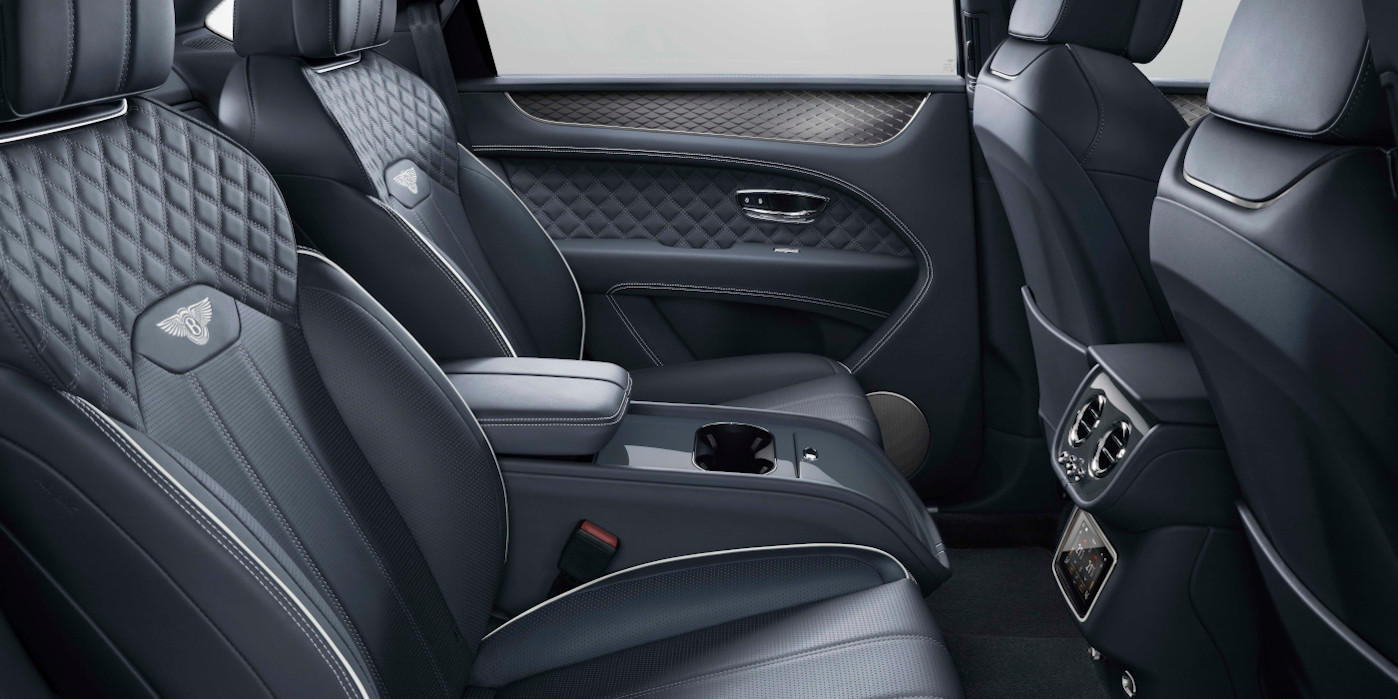
A new quilting design is included in Mulliner Driving Specification cars, while customers can choose from 8 sustainably-sourced veneers including two straight grained options new to Bentayga – Koa and Crown Cut Walnut.
A next generation infotainment system is integrated seamlessly into the handcrafted, Bentley ‘wing’ dashboard design and features a 10.9-inch display screen with edge-to-edge graphics. The all-new digital display includes super high-resolution and dynamic graphics which are configurable to suit driver preferences.
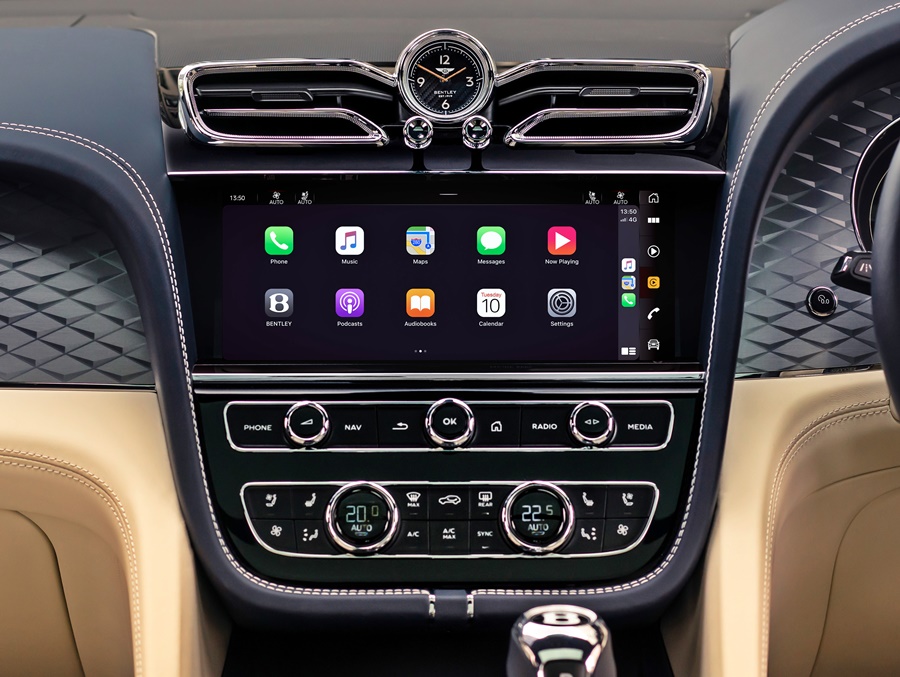
The latest hardware and software bring all-new navigation with satellite maps, online search and other features. Wireless Apple CarPlay is standard for the first time, alongside the existing wired system, along with Android Auto. Rear seat occupants benefit from the introduction of a new, larger touchscreen remote control tablet, similar to that introduced in the all-new Flying Spur.
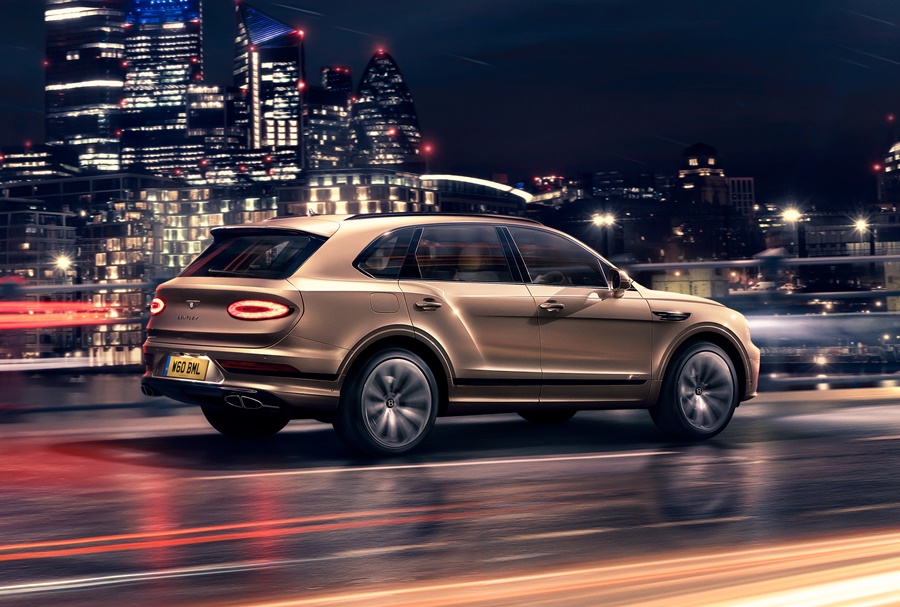
Connectivity around the car has been significantly improved, with USB-C data ports and a wireless phone charger now standard. The new Bentayga range is now provided with an embedded SIM, as with the latest Continental GT models, meaning My Bentley connected car features no longer require customers to provide their own data connection.
Virtual experience introduces new Bentley Bentayga in Asia-Pacific region

